Paul Morphy
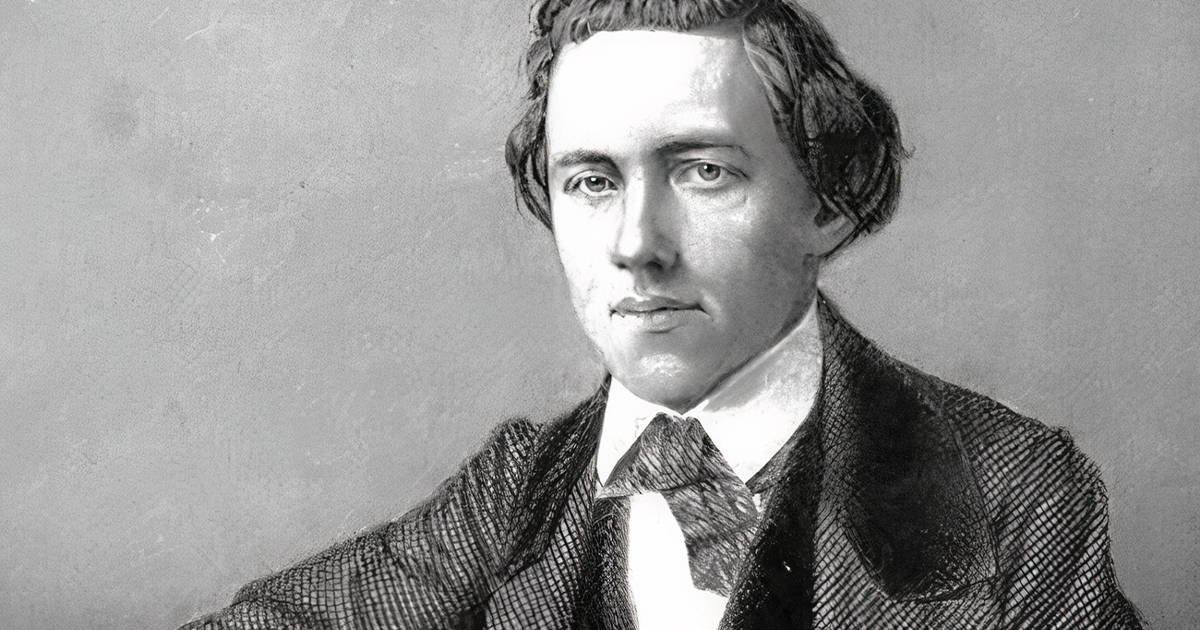
Born 1837 in New Orleans, Paul Morphy was considered the greatest chess player of his time, although formal chess championships had not yet been introduced. Sadly, as the years went on, Morphy’s mental health declined. Those close to him suspected he was deranged, and attempted to have him institutionalized. He died of a stroke aged just 47.
Brian Wilson

As the chief songwriter, bass player, back-up singer and producer of The Beach Boys, Brian Wilson has long been hailed as one of the most gifted and innovative figures in 60s American music, but he’s also deeply troubled. Retiring from touring after a nervous breakdown in 1964, Wilson was later diagnosed with schizoaffective disorder and bipolar disorder, and suffers from auditory hallucinations.
John Forbes Nash Jr.
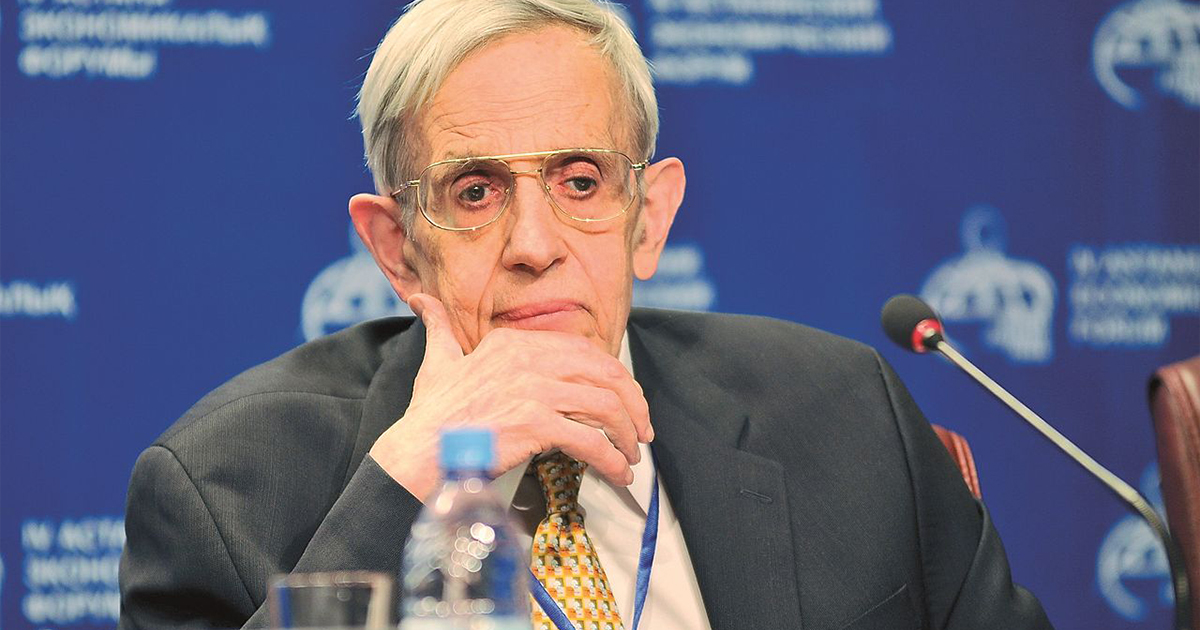
Immortalized in 2001 Russell Crowe film A Beautiful Mind, John Nash was a gifted mathematician responsible for major advances in the fields of geometry and game theory. At 31, Nash began exhibiting signs of paranoia, and was later diagnosed schizophrenic. Happily, Nash’s condition improved and he continued to work into his old age, but sadly died alongside his wife in a 2015 car accident.
Vincent van Gogh
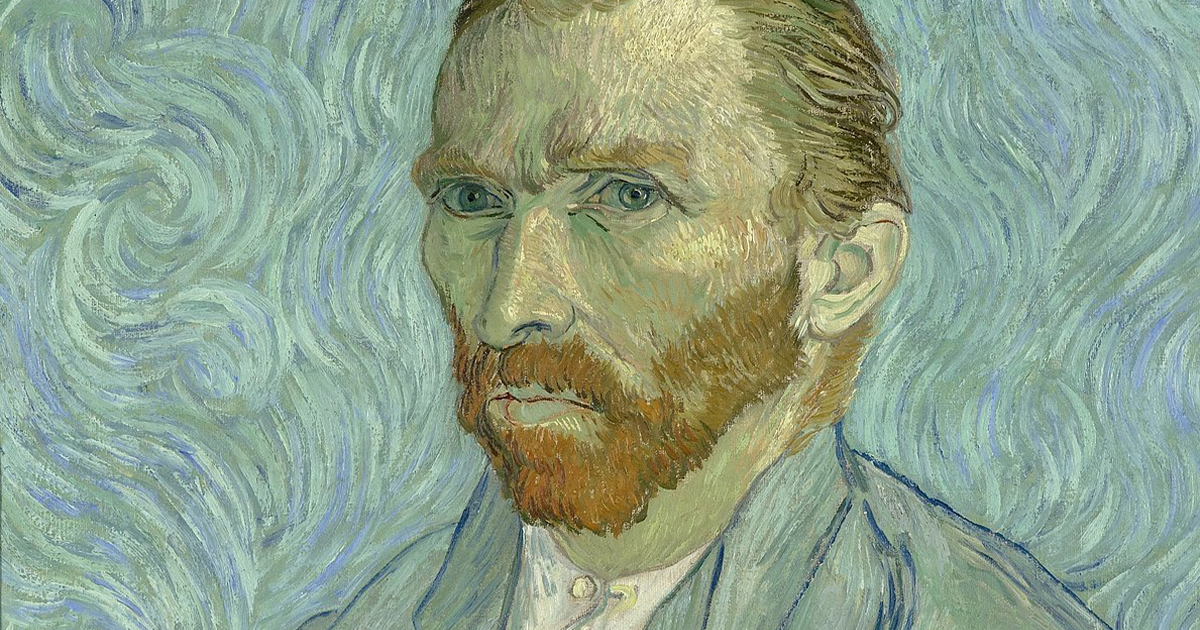
One of the most iconic, tragic figures in art history, Dutch painter Vincent van Gogh failed to make an impact in his lifetime. Van Gogh struggled with depression and psychotic episodes, which informed some of his work; 1889’s The Starry Night was based on his view from the window of an asylum. Eventually these internal struggles drove him to take his own life in 1890, aged just 37.
Buckminster Fuller
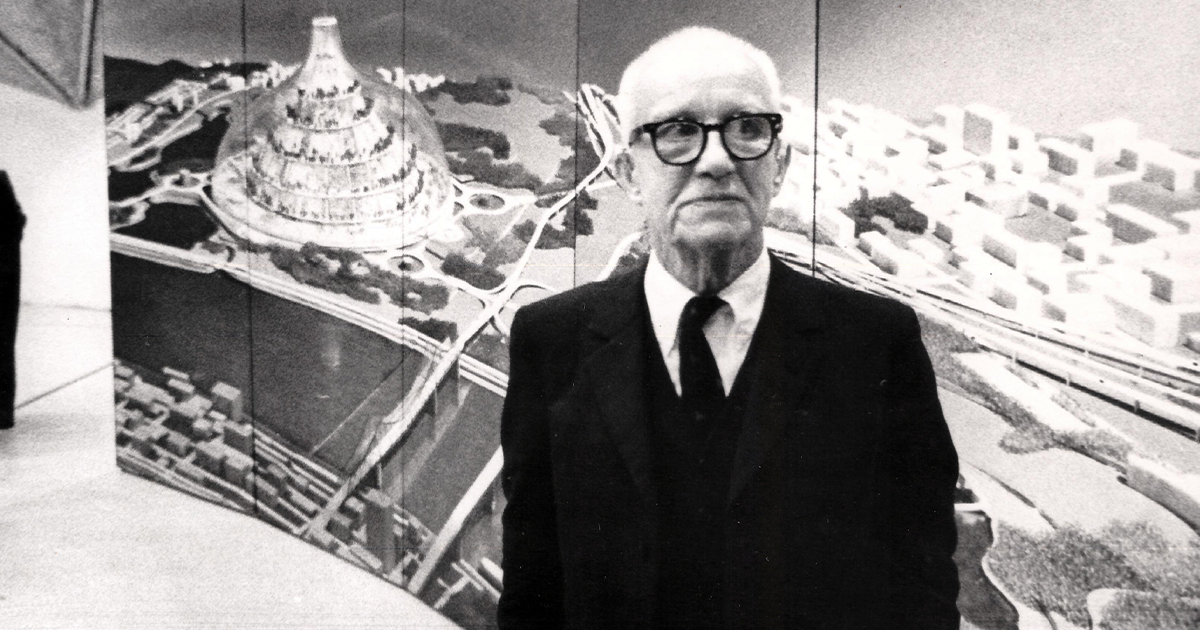
The term ‘mad genius’ has often been applied to Buckminster Fuller, at least in part because the work of the architect, inventor and philosopher goes over most people’s heads. Best remembered as the creator of the geodesic dome, Fuller pursued his life’s work following what seems to have been a psychotic episode in his 20s, when he was deterred from suicide by an ‘otherworldly voice’.
Pythagoras
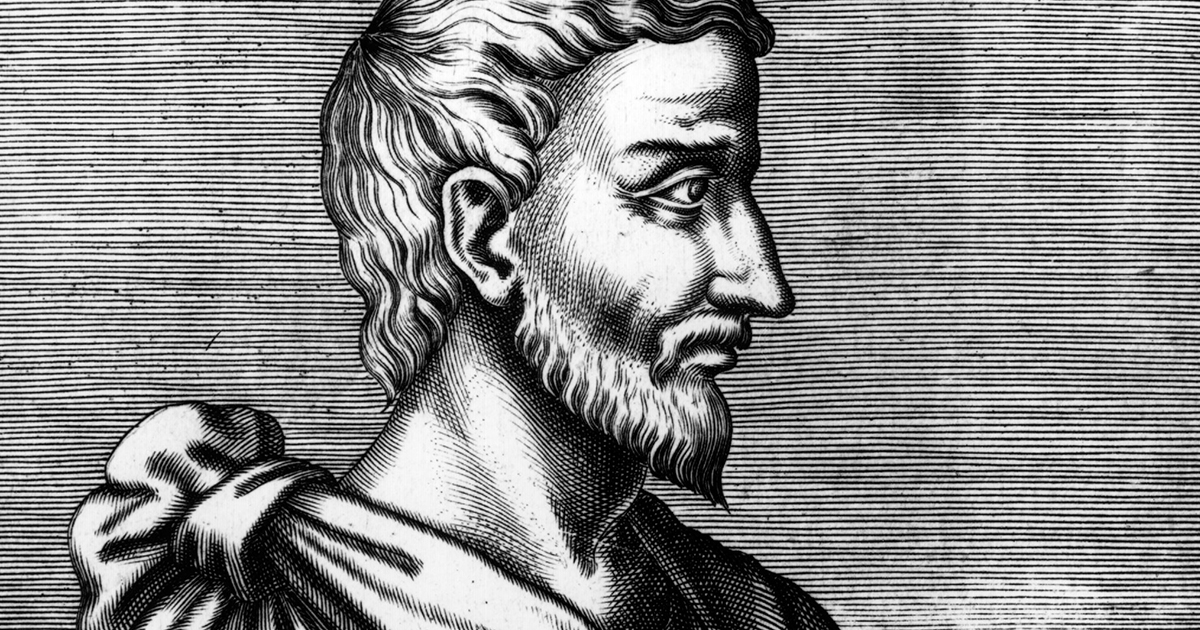
Pythagoras is remembered as one of the great minds of Ancient Greece, and creator of the renowned mathematical theorem that bears his name. What’s less well-remembered are what we might diplomatically call Pythagoras’ eccentricities, namely that he founded his own religion, Pythagoreanism. The commandments of this faith stressed that followers should never eat beans, step over crossbars or let swallows nest in their roof.
Nikola Tesla
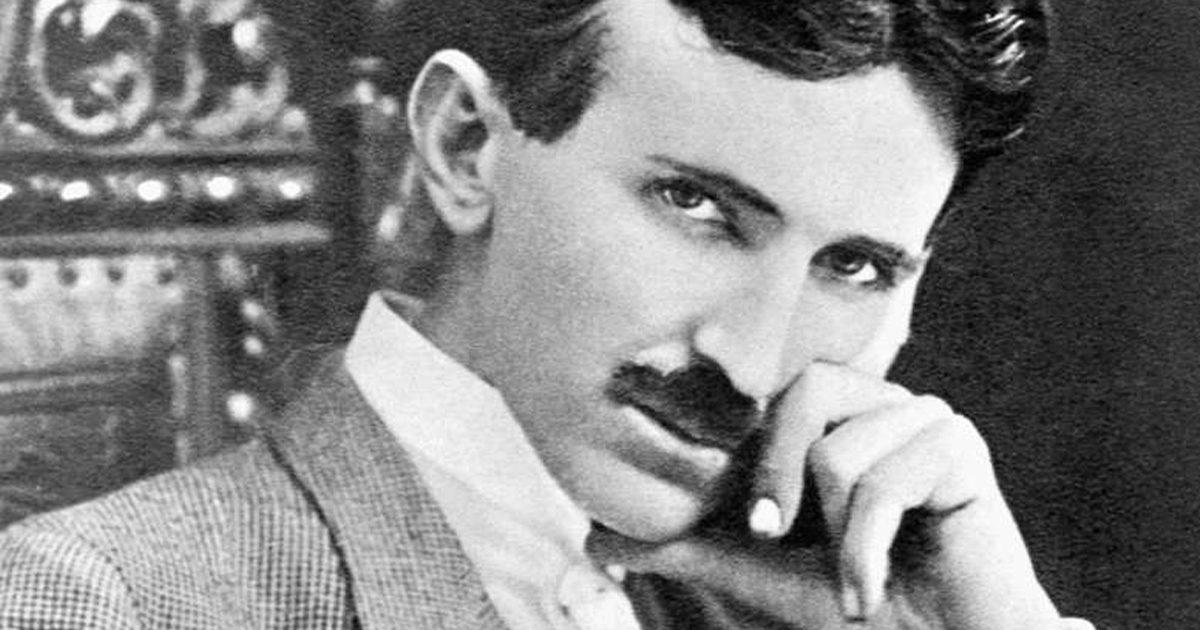
While his name lives on today thanks to the car company named in his honor, Nikola Tesla’s groundbreaking work as an electrical engineer was infamously sidelined in his lifetime. It is now widely believed that Tesla suffered from both post-traumatic stress disorder rooted in his childhood, and obsessive compulsive disorder, with a crippling fixation on doing things in threes.
Kurt Gödel
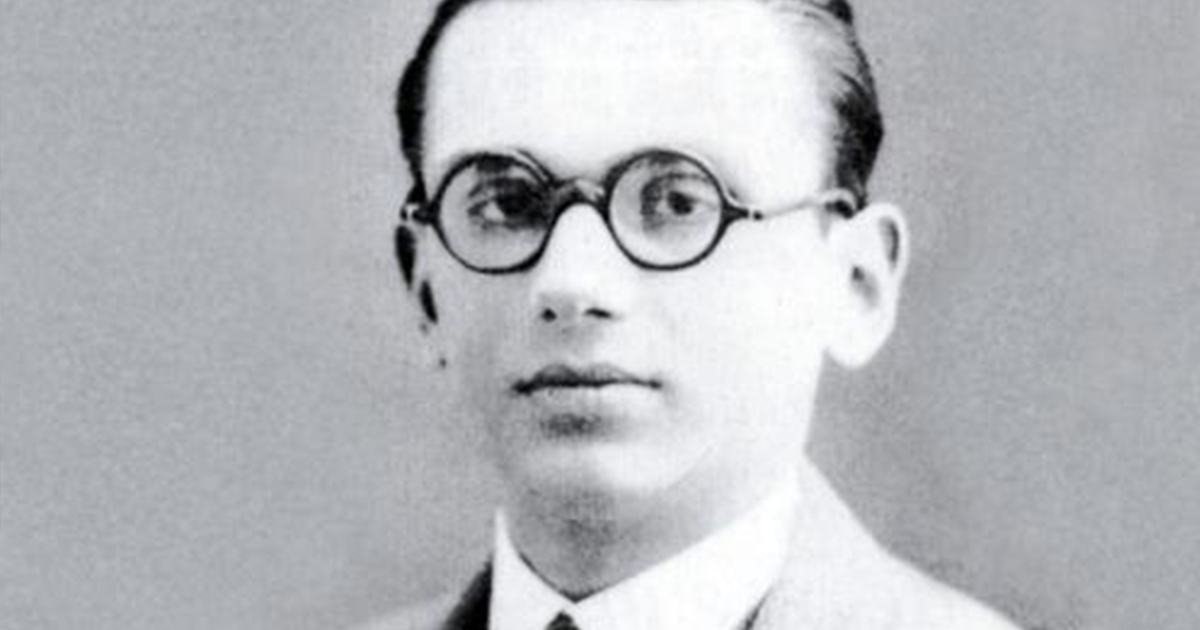
Born in 1906 in what was then Austria-Hungary, Kurt Gödel was a brilliant thinker who is considered one of the great logicians of all time. Sadly, Gödel also struggled with severe depression throughout his life. He refused to eat anything not cooked by his wife Adele, which resulted in his death from malnutrition whilst Adele was away in hospital.
Peter Green
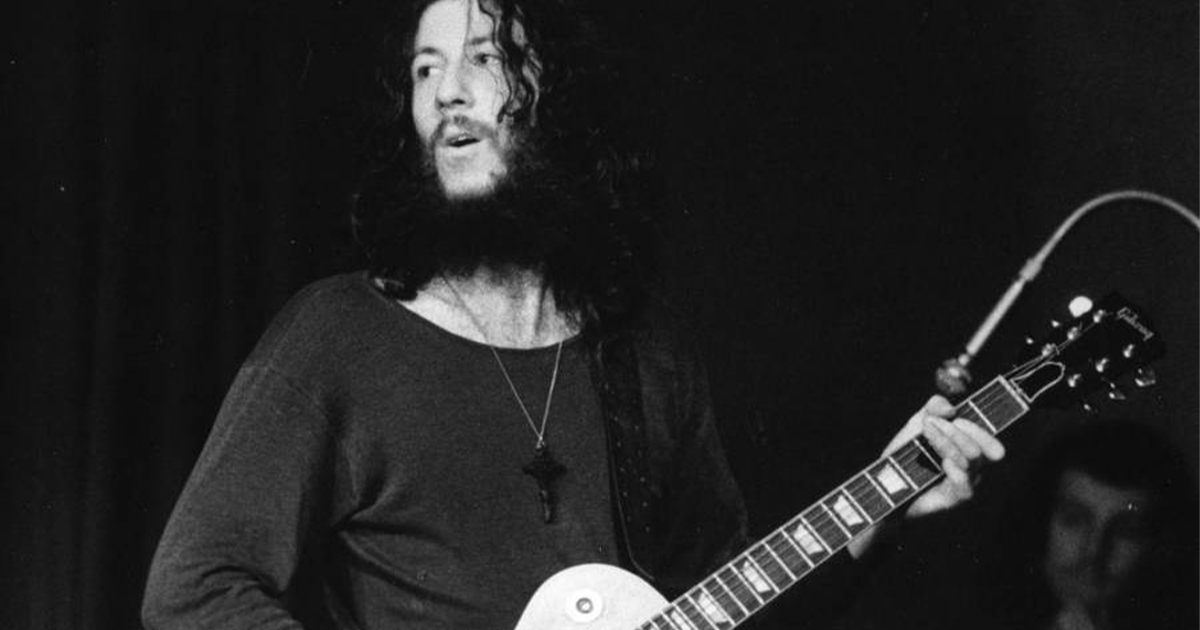
Before Fleetwood Mac became a 70s supergroup, they started out as part of the 60s British blues scene, fronted by Peter Green. Though considered one of the greatest guitarists of the time, Green battled serious mental health issues; diagnosed with schizophrenia, he was given electroconvulsive therapy in the 1970s, and spent most of his later years out of the limelight before passing away in 2020.
Edgar Allan Poe
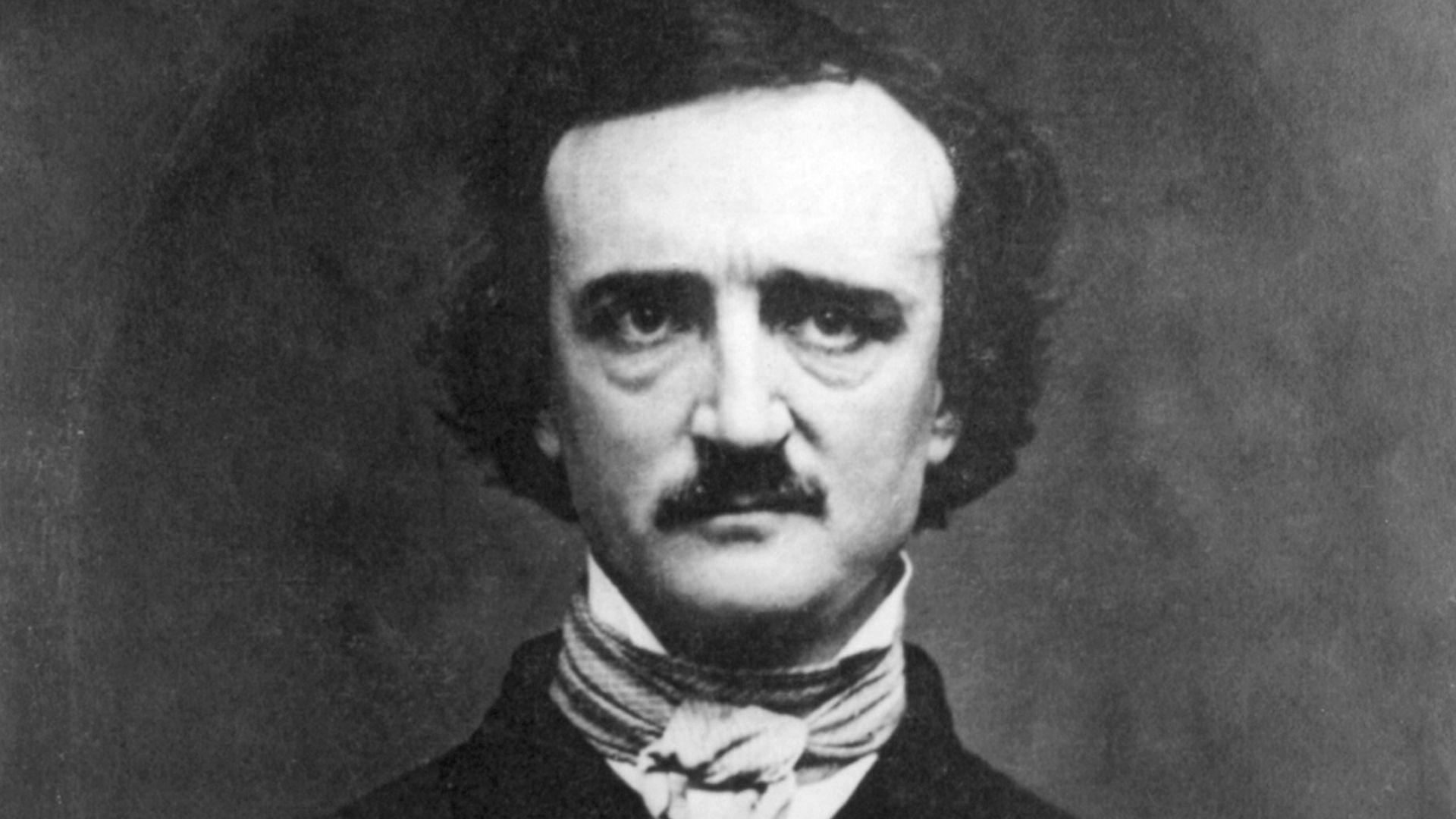
The famed writer and poet Edgar Allan Poe remains a key figure in the genres of horror, science fiction and crime fiction, and his best-known works center on deeply troubled souls battling personal demons. This was something Poe himself knew only too well; an alcoholic described by those who knew him as a melancholic figure, it’s widely suggested that he would have been diagnosed bipolar today.
Ludwig Von Beethoven
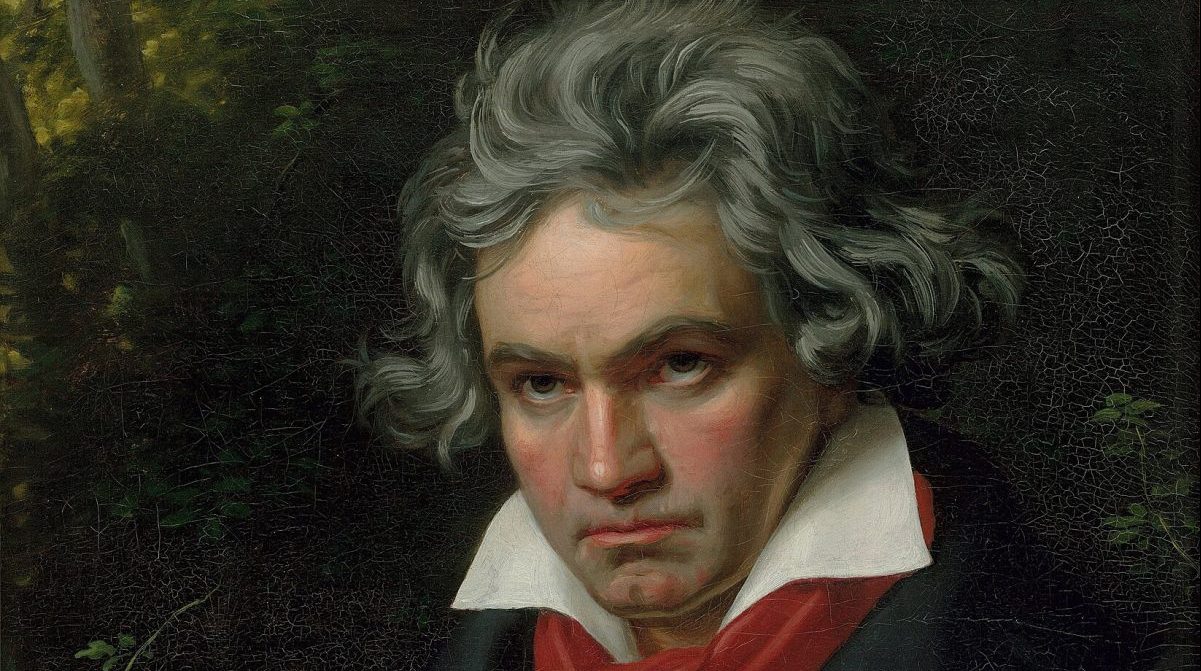
Beethoven was known for his mood swings and periods of depression, during which he contemplated suicide. He wrote some of his greatest works during these periods. In 1813, as he approached forty, the legendary composer suffered a severe depressive episode that led him to stop composing.
Edvard Munch
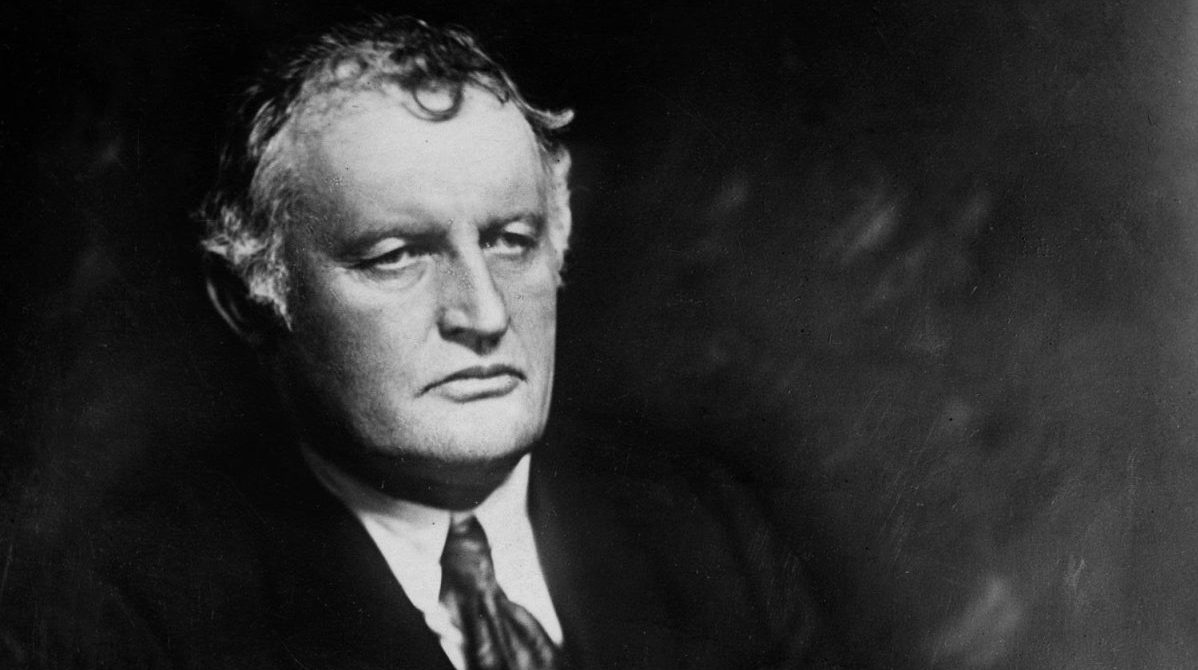
Edvard Munch, known for his paintings of tortured faces and figures, was often plagued by nightmares, panic attacks, and terrifying visions. Experts have recently discovered that he wrote “Could only have been painted by a madman!” on one of his most famous paintings, The Scream. According to Munch’s diary, The Scream was influenced by what he saw whilst suffering a panic attack in Oslo in 1892.
Charles Dickens
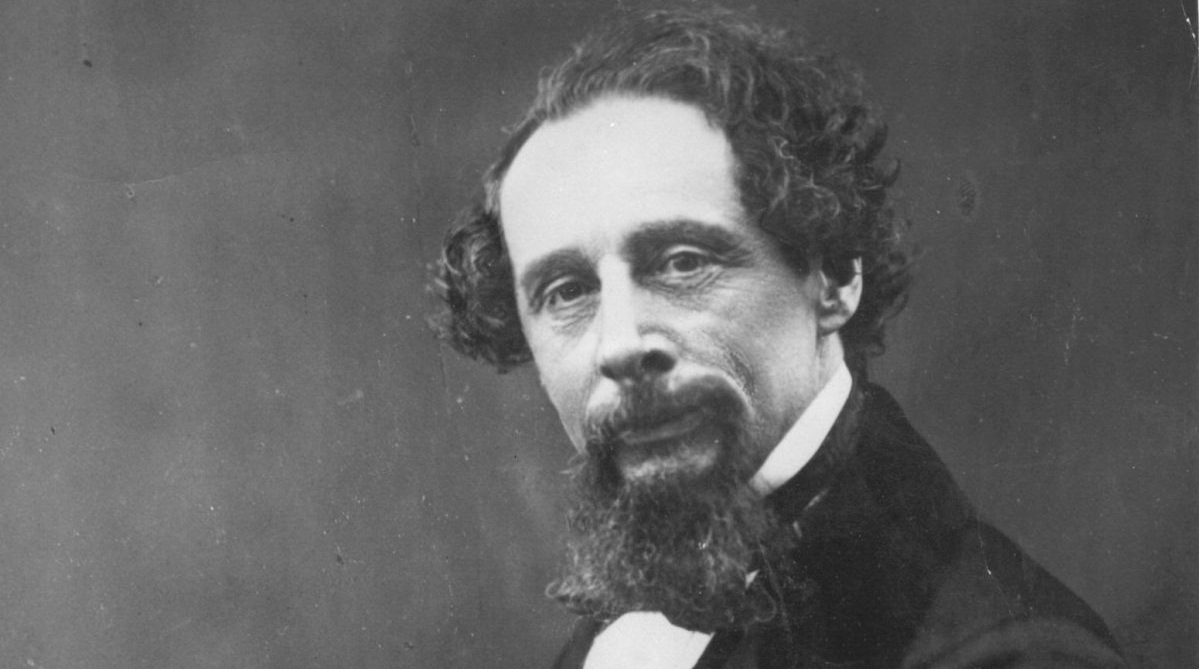
Despite Dickens’ fame and success, he suffered from depression after publishing each of his novels. Dickens’ friends wrote that he became depressed whenever he started a new project, but that his mood lifted as he worked. The author was involved in a train crash in 1865, which he survived but left him shaken. This incident was seemingly the final straw that caused his creativity to dry up completely.
Charles Darwin
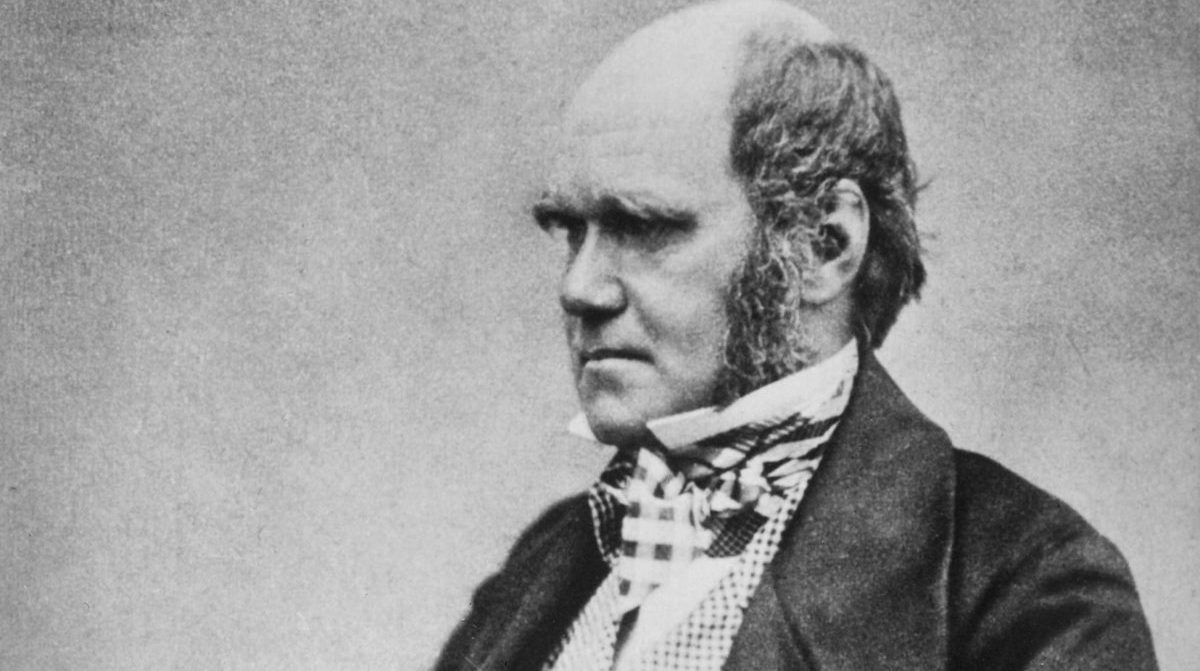
Darwin’s illness remains a mystery, but it was serious enough to keep him bedridden for years and was unable to talk with people or even see his own children due to his fear of people. His letters show that he was afraid of being ridiculed for his work on evolution and that he sometimes considered suicide.
Vaslav Nijinsky
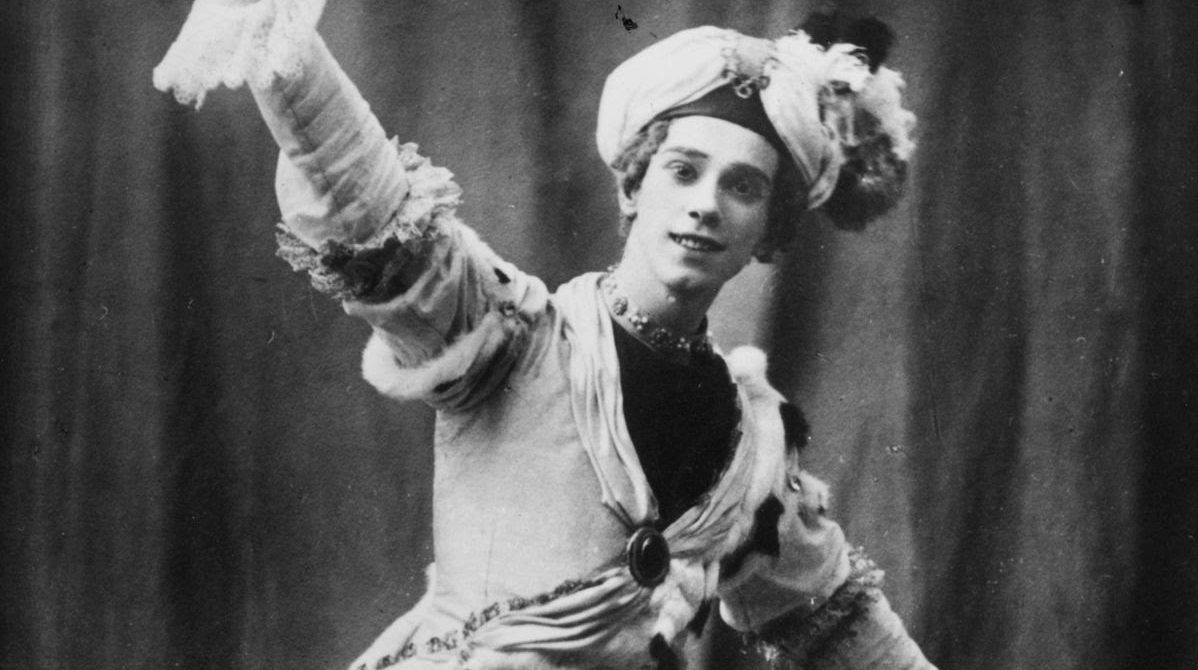
In the early 1900s, Vaslav Nijinsky was known as one of the greatest male dancers in history. He was famous for his intense performances and enormous leaps. In his early twenties, Nijinsky began having episodes of schizophrenia that affected his work. He spent the rest of his life in and out of mental hospitals, often going weeks at a time without speaking.
Yoshiro Nakamatsu
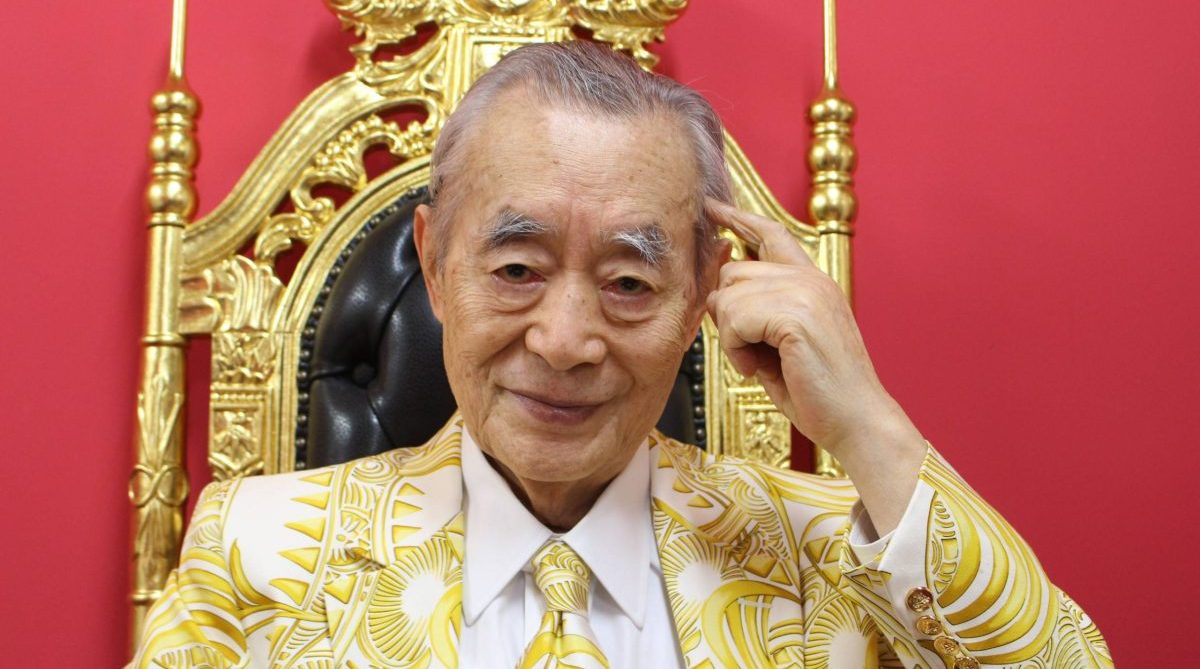
Yoshiro Nakamatsu, a Japanese inventor, holds the world record for the largest number of patents owned by one person – more than 3,000. The inventor also suffers from severe obsessive-compulsive disorder. He has been analyzing everything he eats for years in an attempt to live to exactly 144 years of age. Nakamatsu regularly holds his breath underwater until he nears death, claiming that the deprivation of oxygen sparks his creativity.
Virginia Woolf
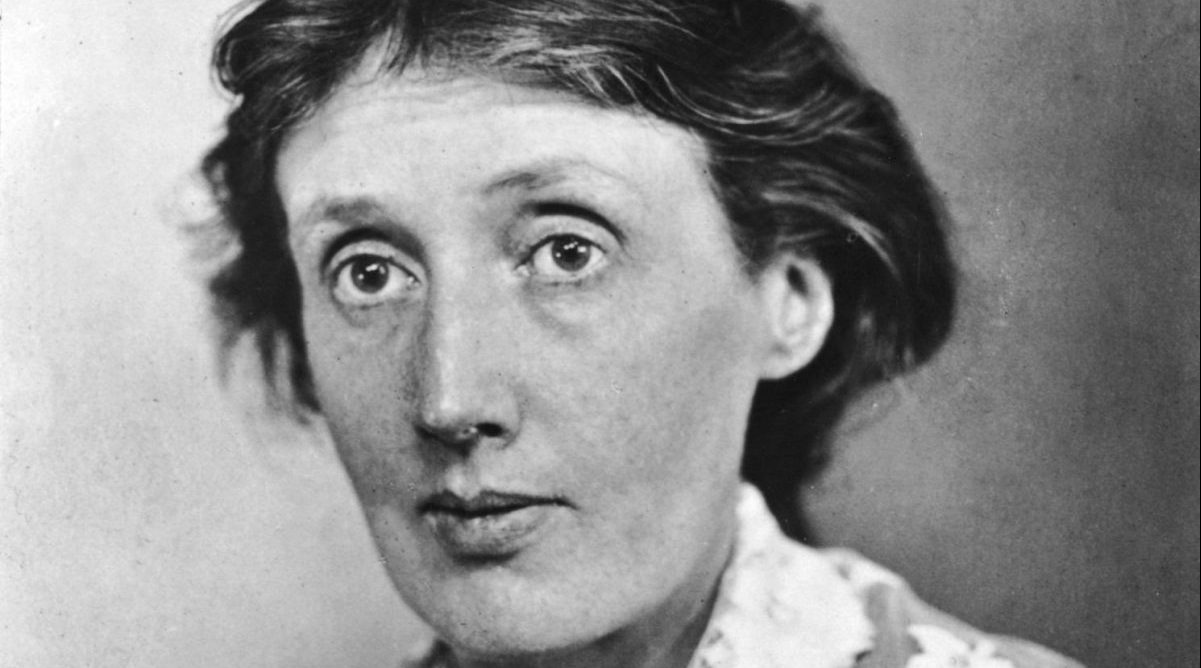
Virginia Woolf, a famous writer who died by suicide in 1941, has become a symbol for mental illness. In a letter to her husband before her death, Woolf wrote about hearing voices and “going mad again.” Over the years, Woolf’s health steadily declined. She died in 1941 by drowning herself in the River Ouse.
Eduard Einstein

Eduard Einstein, the second son of legendary physicist Albert and Mileva Marić, was born in Zürich, Switzerland. Eduard was considered a prodigy throughout his education, but he suffered from schizophrenia and was institutionalized. He died at age 55 in an asylum, after a long struggle with mental illness.
Jack Kerouac
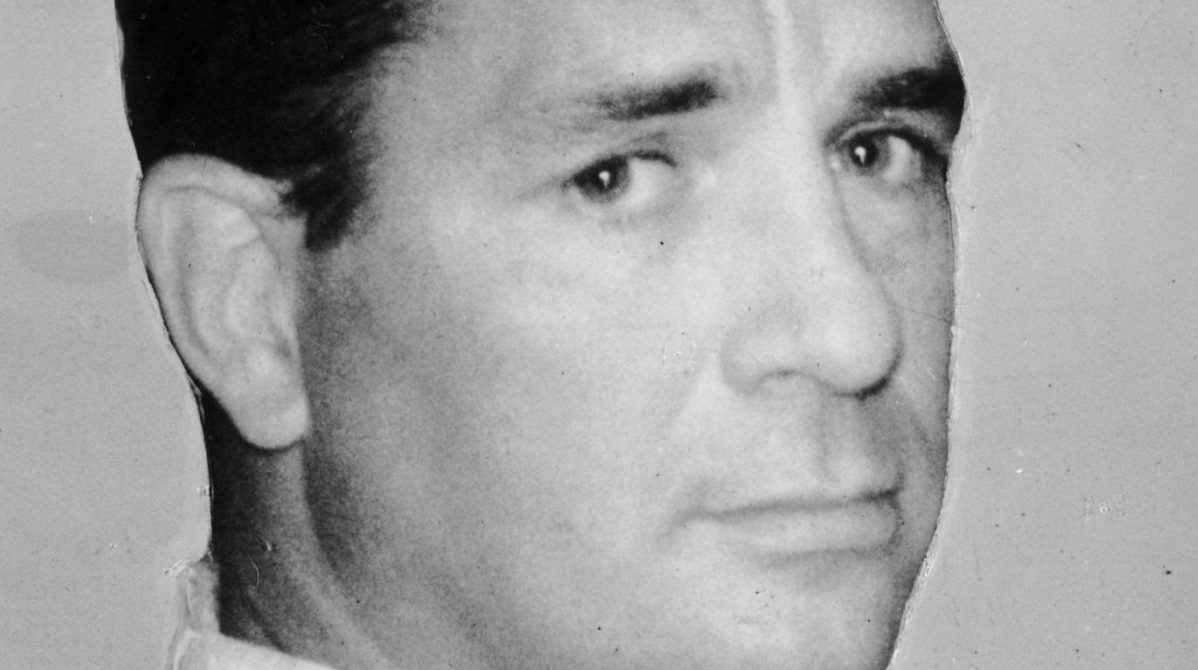
Jack Kerouac was an American novelist and poet, best known for writing On the Road, which is considered one of the greatest novels of all time. While in the military, Kerouac was diagnosed with what was then called “dementia praecox,” today known as schizophrenia. Kerouac died of an internal hemorrhage caused by cirrhosis of the liver. It’s believed that his excess drinking was a result of his schizophrenia.
Ingo Schwichtenberg

German drummer and founding member of power metal band Helloween, Ingo Schwichtenberg, known for his high-energy drumming, was a major influence on the international music community. Schwichtenberg was fired from the band in 1993 due to his substance addiction and erratic behavior, which stemmed from his schizophrenia. After his firing, Schwichtenberg’s mental health declined even further; he jumped in front of a subway train in 1995.
Amedeo Modigliani
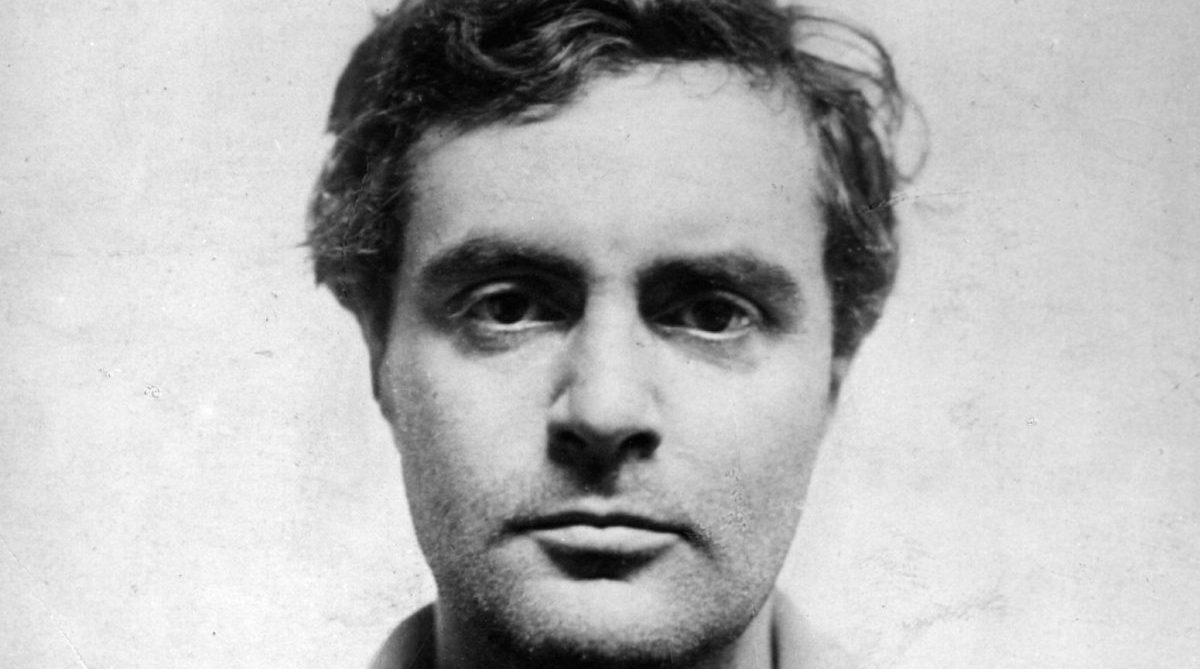
Amedeo Modigliani, who is known for his paintings of nudes and landscapes, suffered from depression and also became dependent on alcohol and drugs. Amedeo’s career was brief, but his original works have been admired by critics and collectors alike. Sadly, in 1920, he died at the age of just 35.
Henri de Toulouse-Lautrec
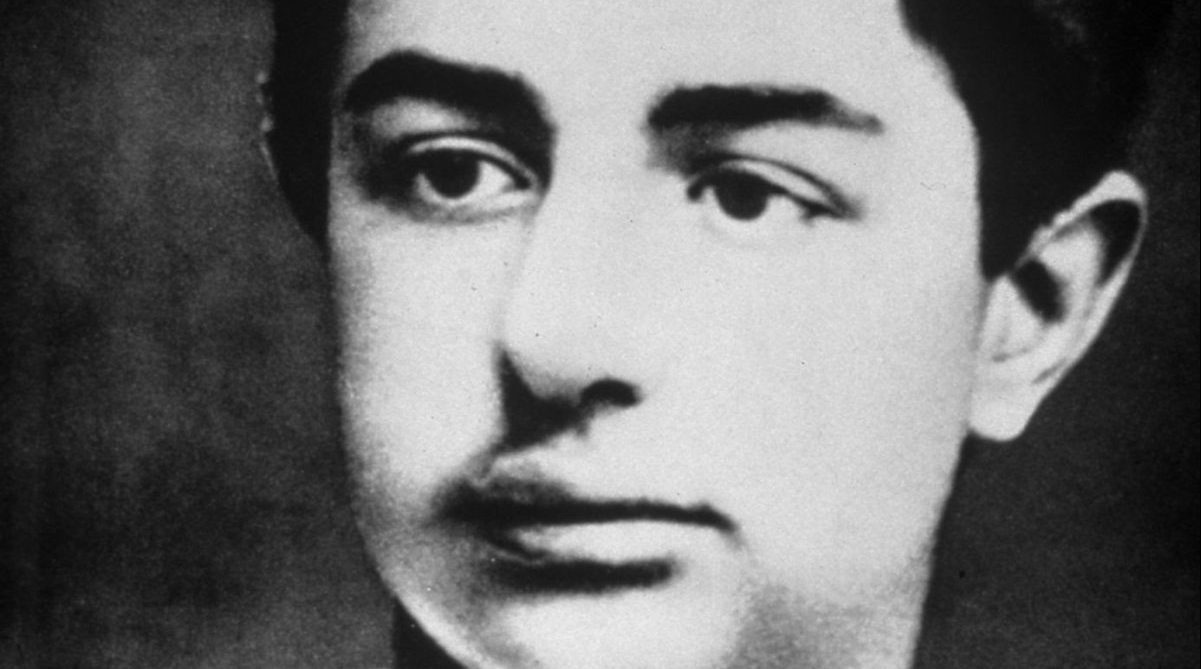
Henri Toulouse-Lautrec, a famous French painter and illustrator who began his career as a caricaturist for satirical newspapers, was an alcoholic. He was addicted to absinthe, a strong alcoholic beverage. He eventually ended up in a psychiatric clinic because of hallucinations and delirium tremens – a severe form of alcohol withdrawal.
Paul Gauguin
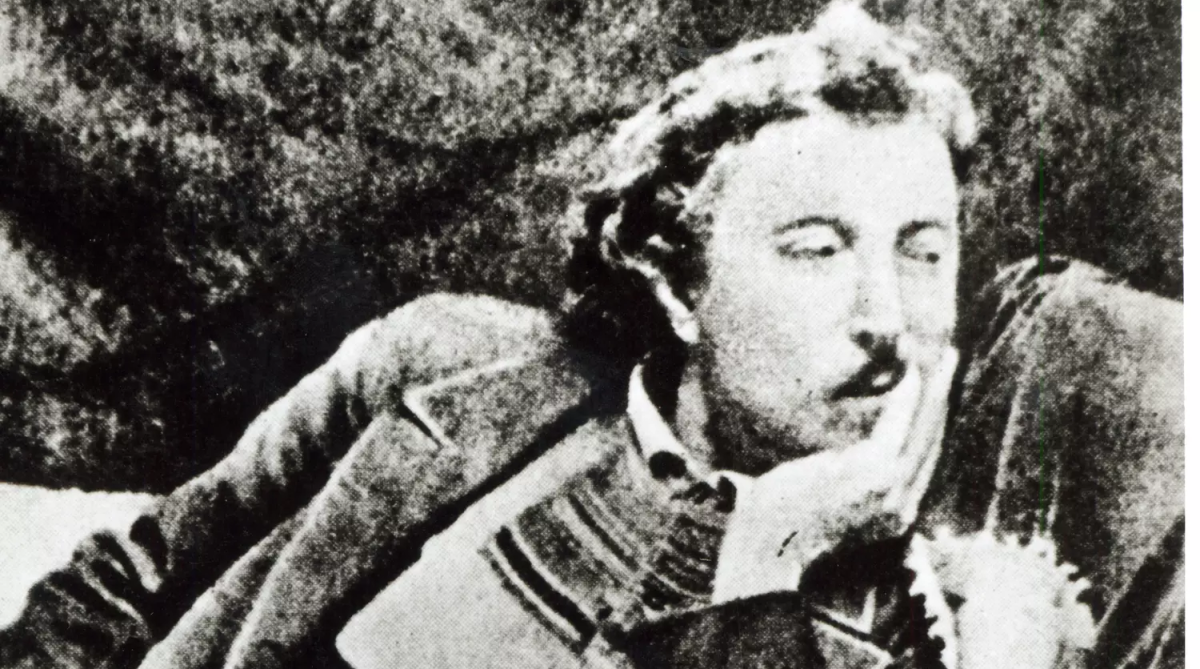
Paul Gauguin, who was a close friend of Vincent van Gogh and part of the French Post-Impressionist movement, is often considered one of the most controversial artists in history. He suffered from bouts of depression and attempted suicide several times during his life.
Francisco José de Goya
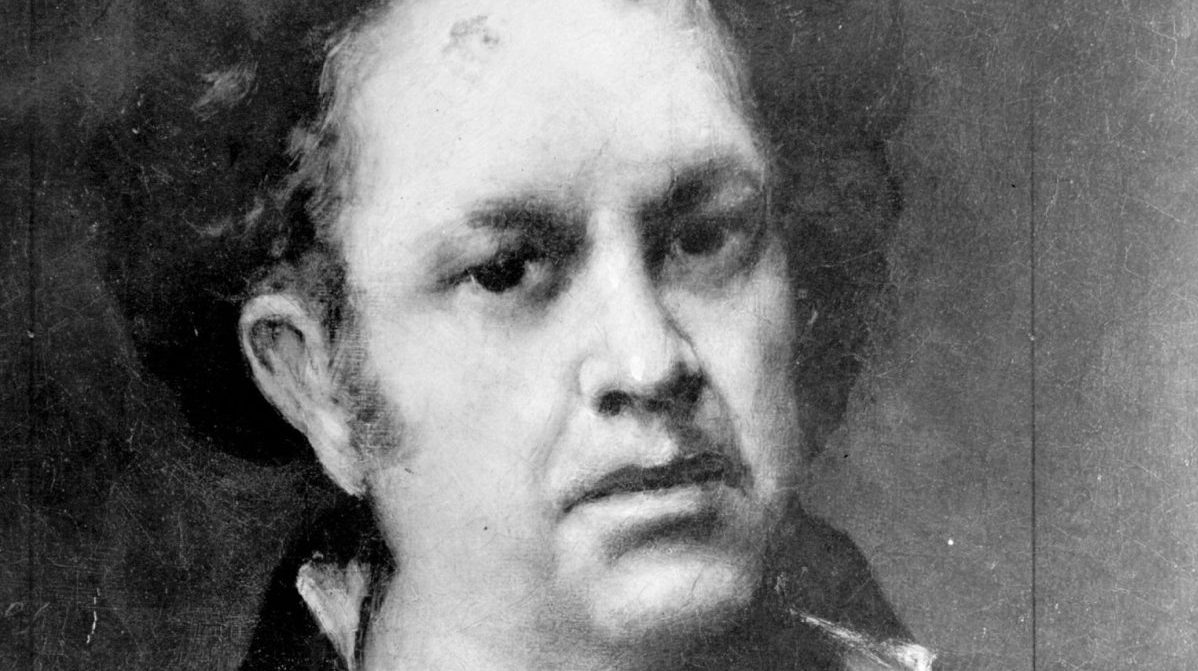
Spanish painter Francisco Goya’s works often express feelings of loneliness, fear, and alienation. Experts have diagnosed Goya with Meniere’s syndrome, a disease of the inner ear that is often associated with depression. Saturn Devouring His Children, from his Black Paintings series, is well known for its depiction of an ancient mythological character consumed by cannibalistic rage.
Abraham Lincoln
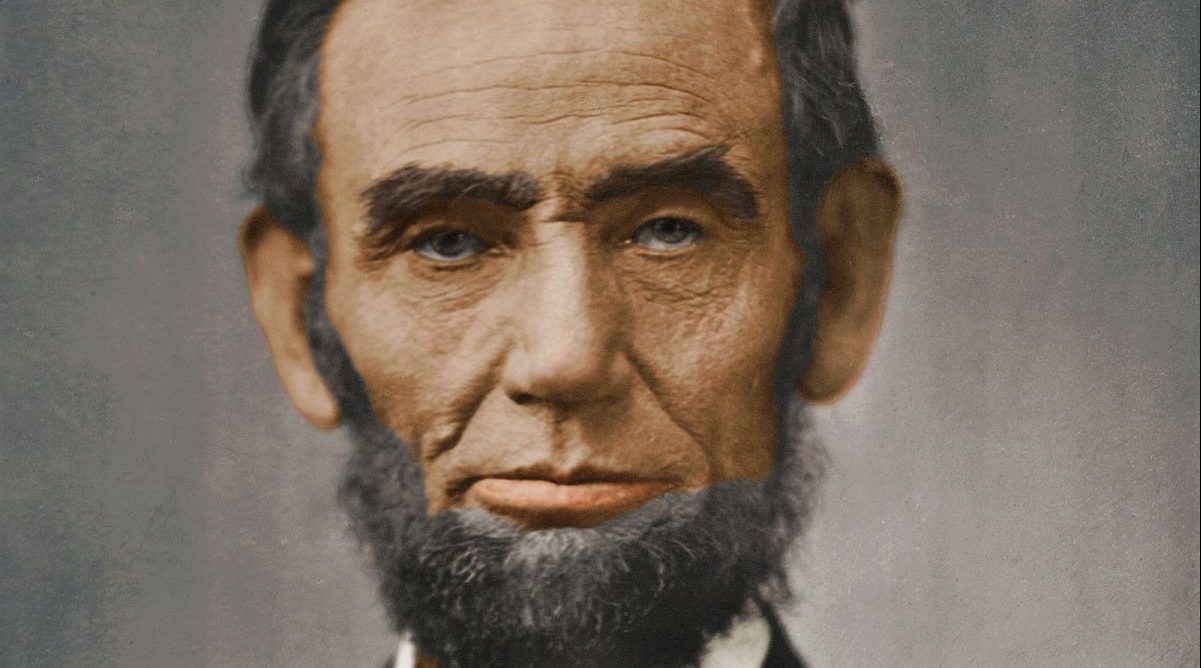
Abraham Lincoln was well known for his melancholy moods. In his early years, he even suffered from hypochondria – a disorder that causes excessive anxiety about one’s health. Lincoln also suffered from depression throughout his entire life, but it is believed that the lifelong bouts with the disease made him stronger and more resilient during the most stressful times of his presidency.
Leo Tolstoy
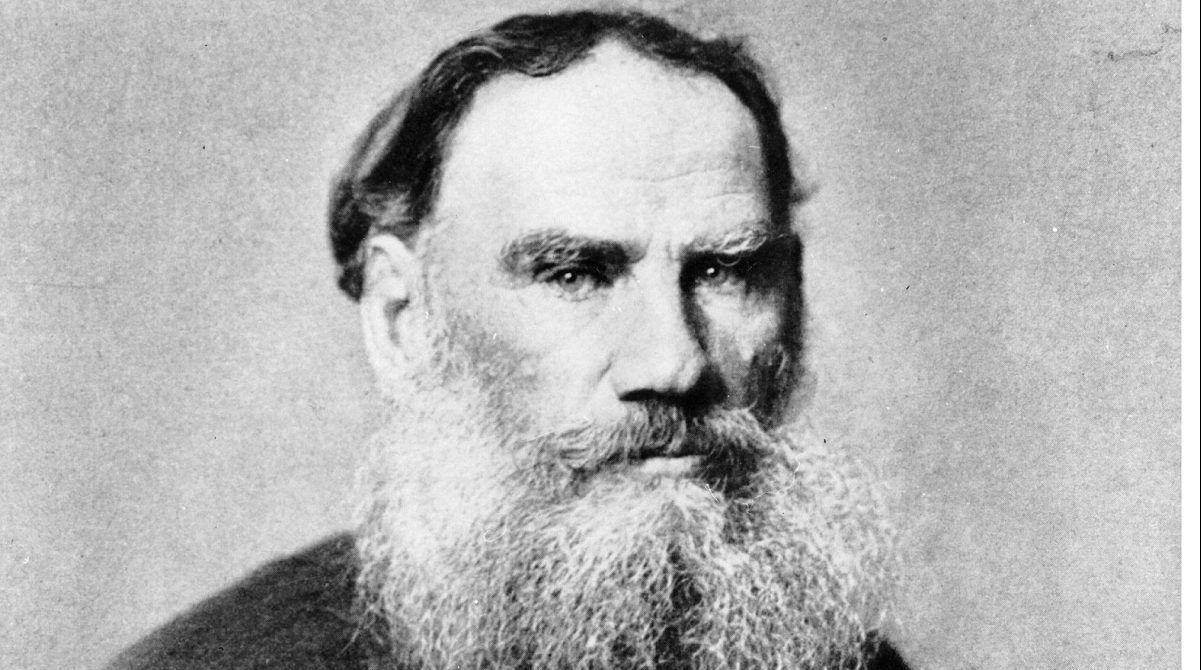
While his early novels made him a wealthy man, Tolstoy’s later works were written for a much smaller audience. His personal struggles with depression are thought to have heavily influenced his writing. In Tolstoy’s book A Confession, he discusses the spiritual crisis that led him to believe that only death could save him from what he saw as the sad reality of life.
Sylvia Plath
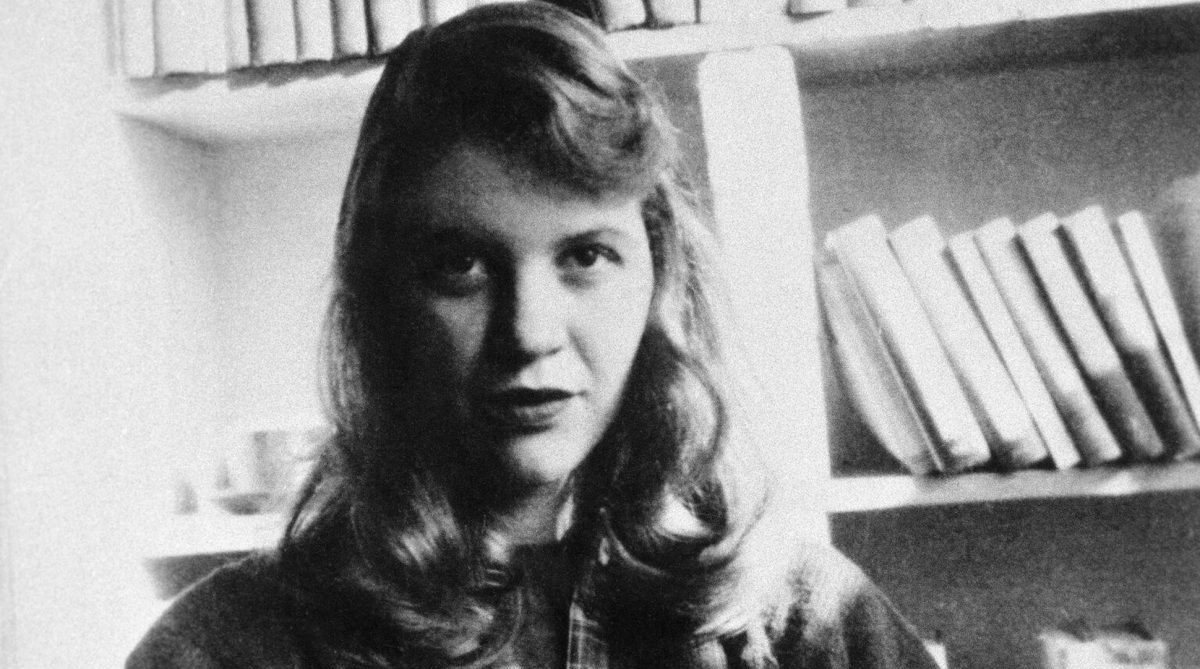
For poet and author Sylvia Plath, writing was a form of therapy. She used her words to shield herself from the pain she felt during difficult times. She struggled with severe depression for most of her life. The pressures of being a homemaker, the pressure of raising two children, and her troubled relationship with her husband Ted Hughes eventually led to Plath’s suicide in 1963.
Vladimir Mayakovsky
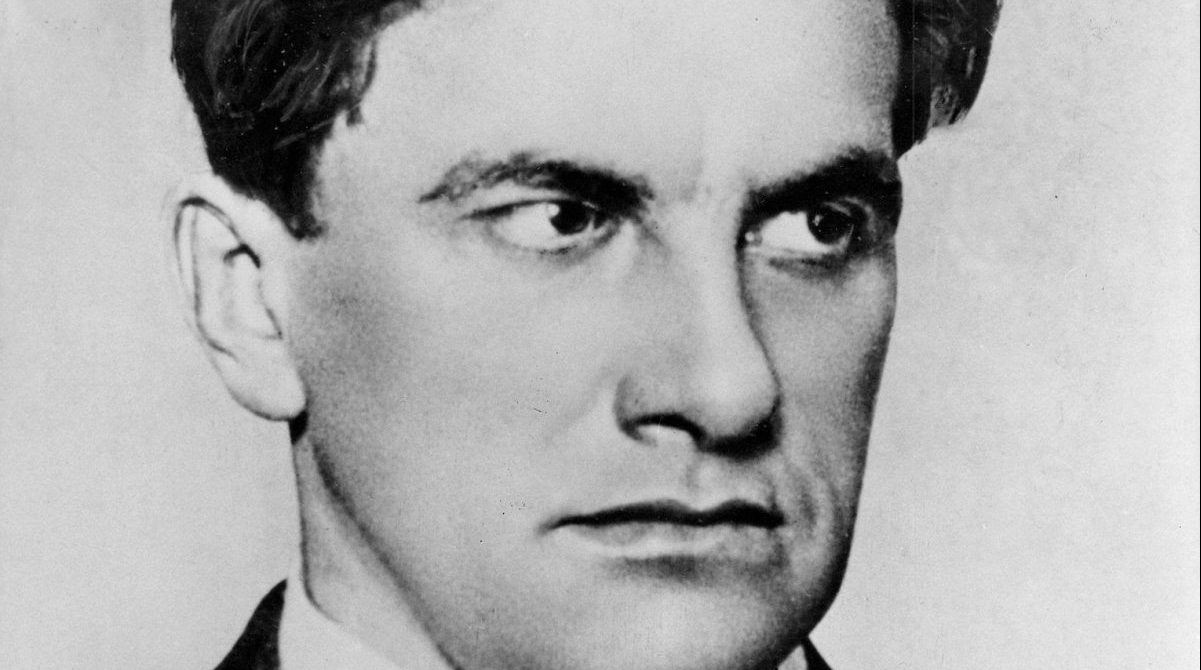
Born into a lower-class family, Mayakovsky rebelled against his surroundings and became one of the most prominent figures in 20th-century Russian poetry. Mayakovsky was a passionate supporter of the Bolsheviks and their leader, Lenin. But after Lenin died and Stalin took over, Mayakovsky became disappointed with Stalin’s policies. Forced to choose between suicide and exile, he chose suicide by shooting himself during a game of Russian roulette.
Yukio Mishima

Japanese novelist Yukio Mishima was known for his elegant prose. In his later works, which were filled with blood and death, he created vivid descriptions of human nature. In 1970, Mishima and four of his followers took a military commander hostage and unsuccessfully tried to get the Japan Self-Defense Forces to overthrow the country’s constitution. Following the failed coup, Mishima committed seppuku – a form of Japanese ritualistic suicide.
Viktor Meyer
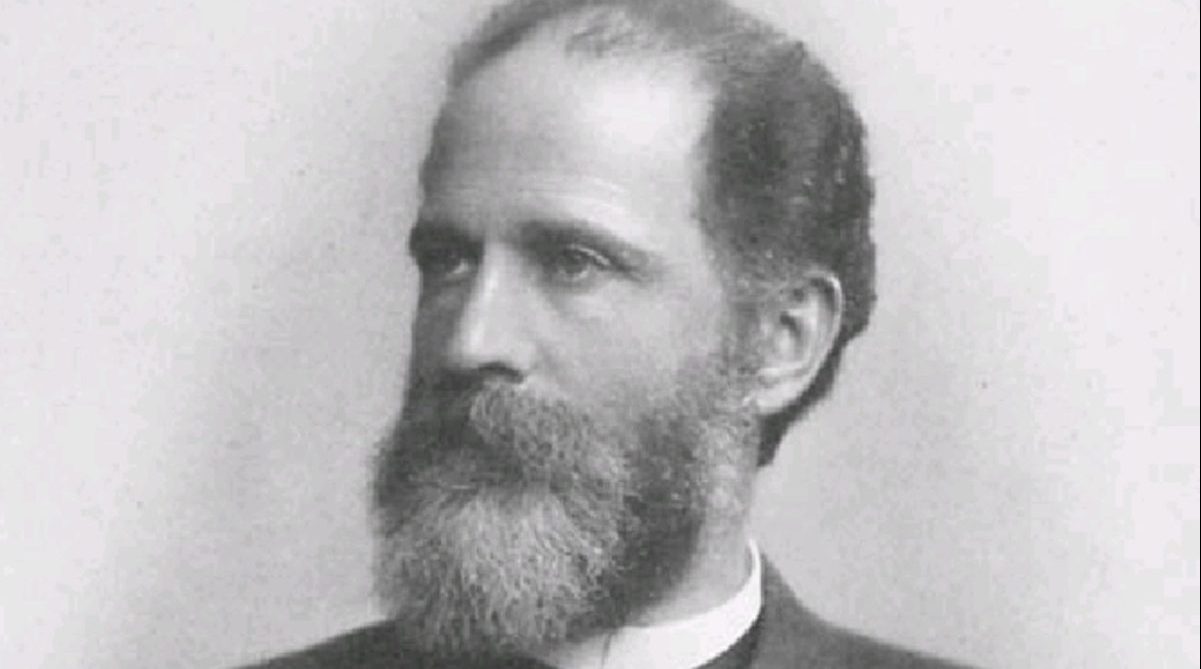
Viktor Meyer was a German chemist who invented an apparatus to measure vapor densities and discovered the chemical compound thiophene. Born in Berlin in 1848, Meyer studied at the University of Berlin and later taught there. Meyer’s workaholic nature and stressful lifestyle contributed to his nervous breakdown, which led him to take his own life at the age of 49.
Ludwig Boltzmann
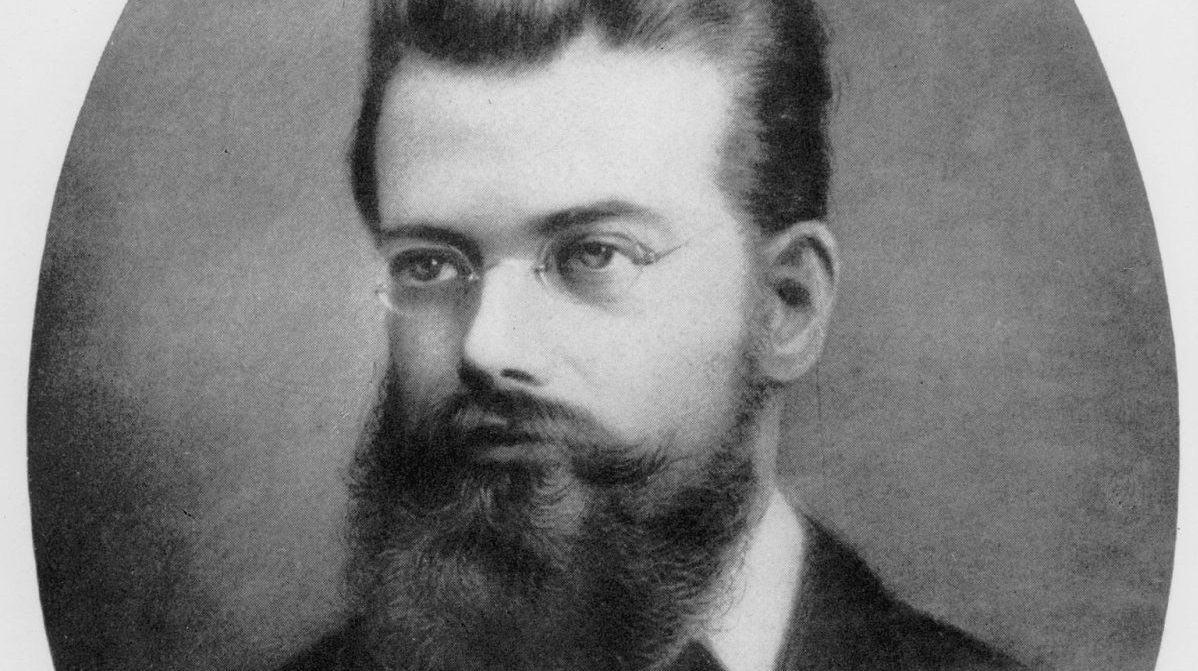
Ludwig Eduard Boltzmann was an Austrian physicist who played a key role in developing the atomic theory, which was highly controversial at the time. In 1893, Boltzmann became Professor of Theoretical Physics at the University of Vienna. Boltzmann, who is believed to have suffered from bipolar disorder, committed suicide while on vacation with his family in 1906.
Wallace Carothers
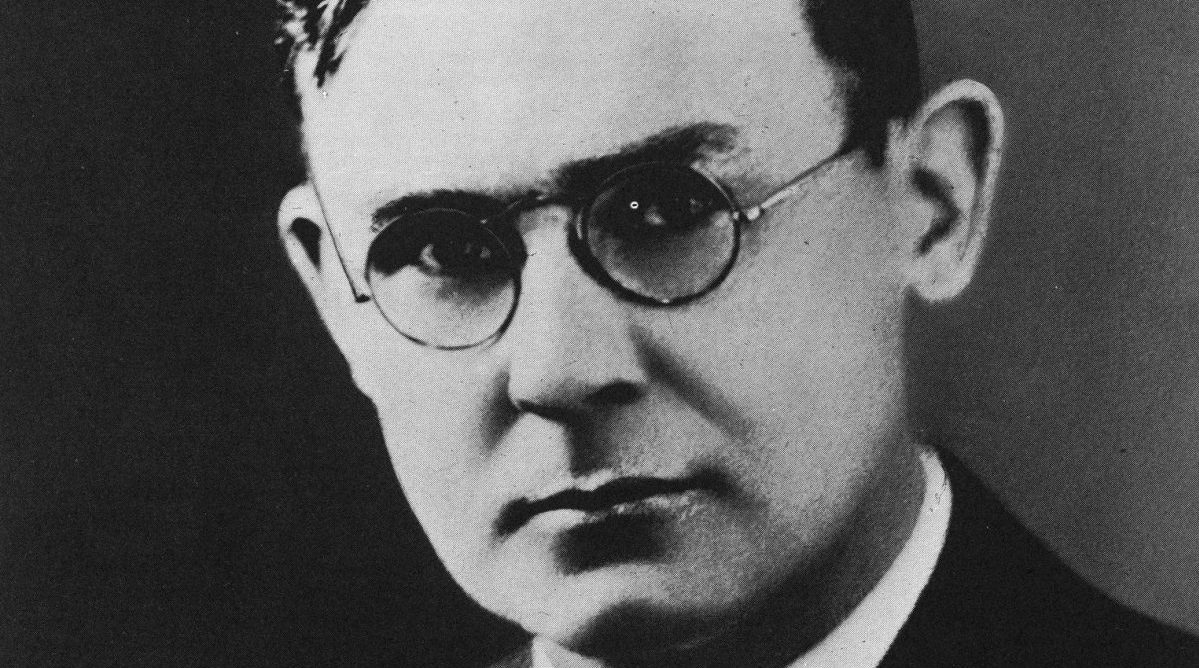
Wallace Hume Carothers was an American chemist who developed nylon. He was also credited with the invention of Neoprene. After graduating from college, Carothers taught at several universities before he was hired by DuPont to work on fundamental research. However, his monumental invention caused a sudden drop in productivity, leading to depression and eventual suicide at age 41.
Ignaz Semmelweis
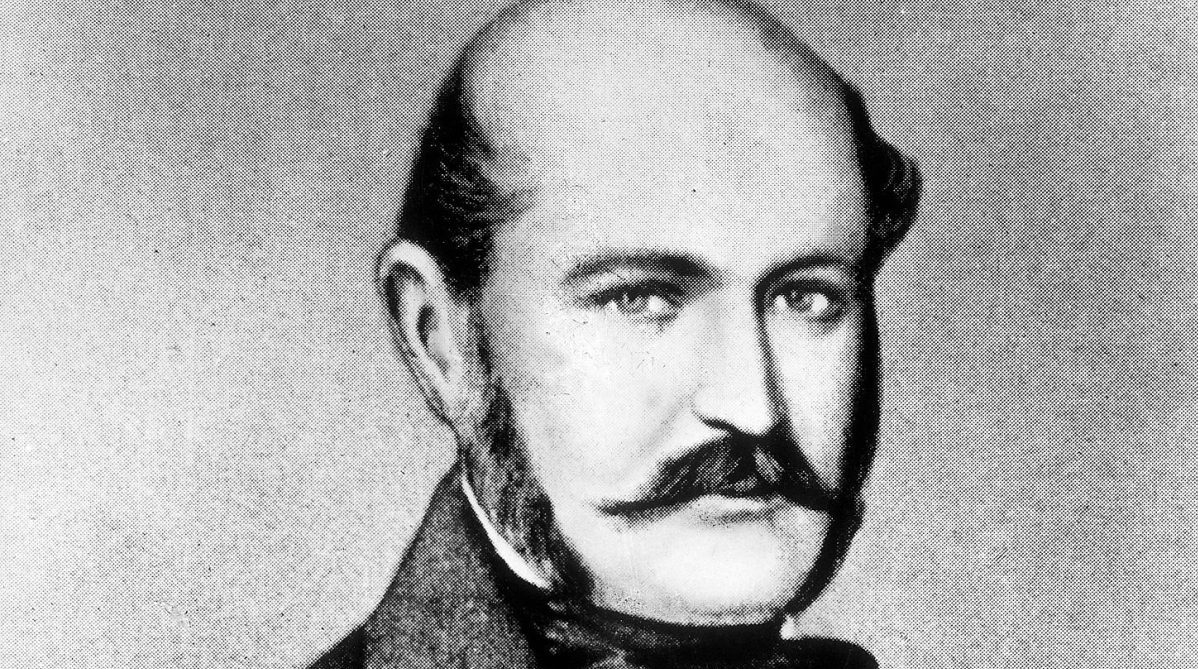
Hungarian physician Ignaz Semmelweis noticed that one hospital of his had high mortality rates. He theorized that this death toll could be lowered by surgeons washing their hands between patients, but his fellow practitioners were dismissive of his findings. For years, Semmelweis tried to convince his fellow doctors to try his hypotheses. He suffered from mental illness and ended up in an insane asylum.
Mark Rothko
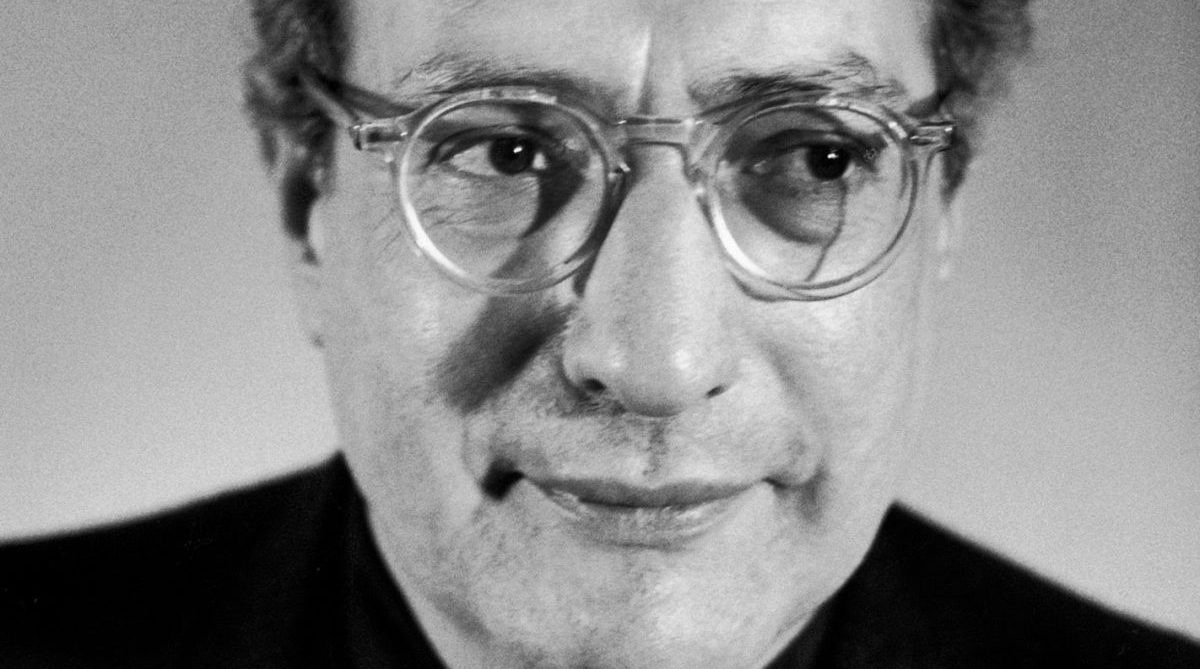
Mark Rothko was an American painter known for his large, monochromatic canvases. He was one of the pioneers of Color Field painting, which uses large blocks of color and expressive brushwork to create a sense of unity and harmony. Despite being told by his doctor to live a healthier lifestyle, Rothko drank and smoked profusely. He also suffered from anxiety and depression. In 1970, he committed suicide.
Alexander McQueen
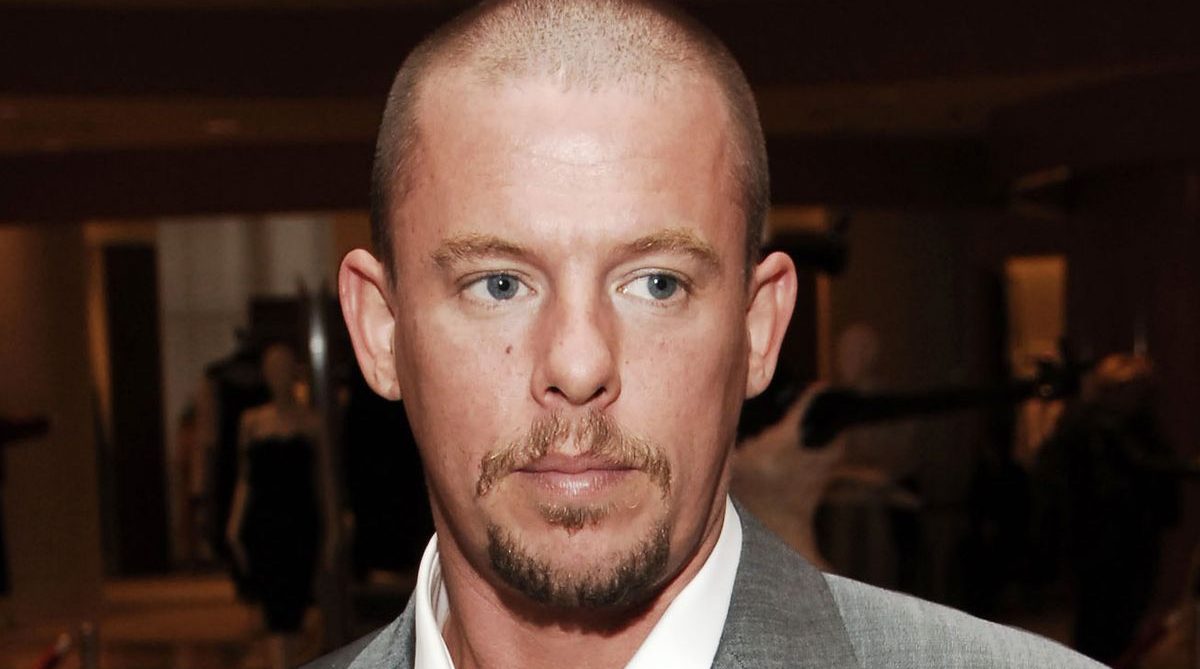
British fashion designer Alexander McQueen, who soared to fame in the 1990s with his radical designs and use of drama, shocks and controversy in his work, committed suicide at 40 in 2010. McQueen, who was an avid drug user, had been skipping therapy sessions and ignoring his friends’ attempts to get help. He also had recently lost his mother, who died a week before his suicide.
Georg Cantor
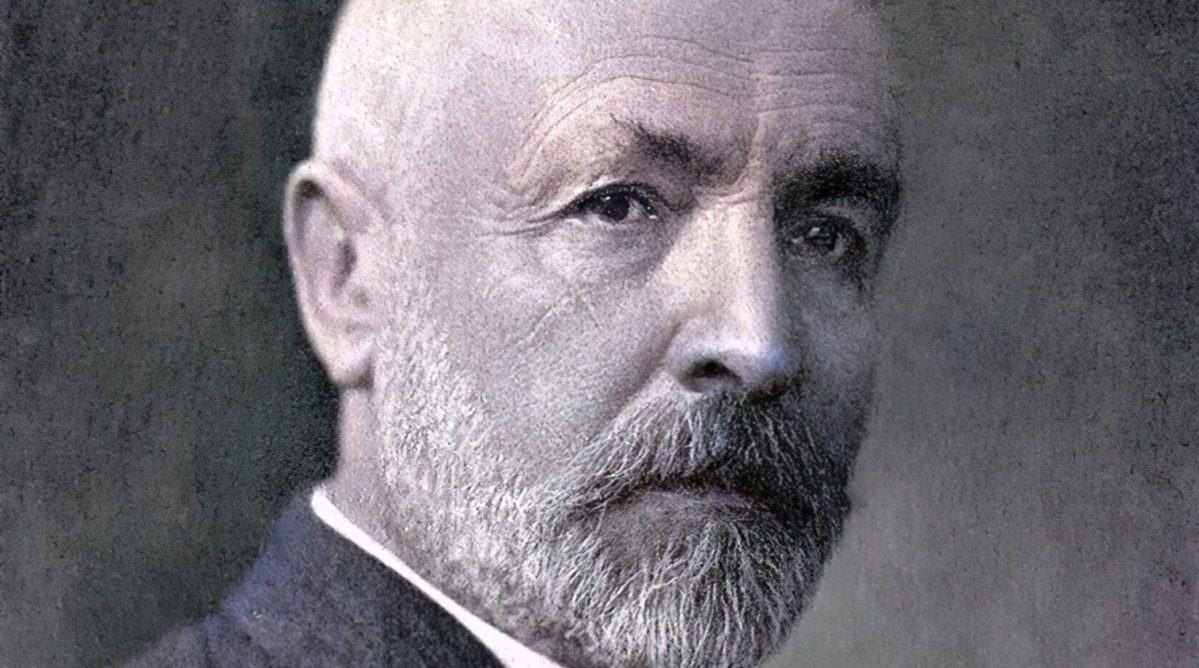
Russian-born mathematician Georg Cantor developed set theory, which he used to examine infinite numbers. He also made contributions to trigonometric series. Cantor’s first bout with depression began in 1884 when he was criticized for his work. He retired from work in 1913 after suffering a series of mental breakdowns. He was admitted to a sanatorium in 1917 and died there in 1918.
Malik Bendjelloul
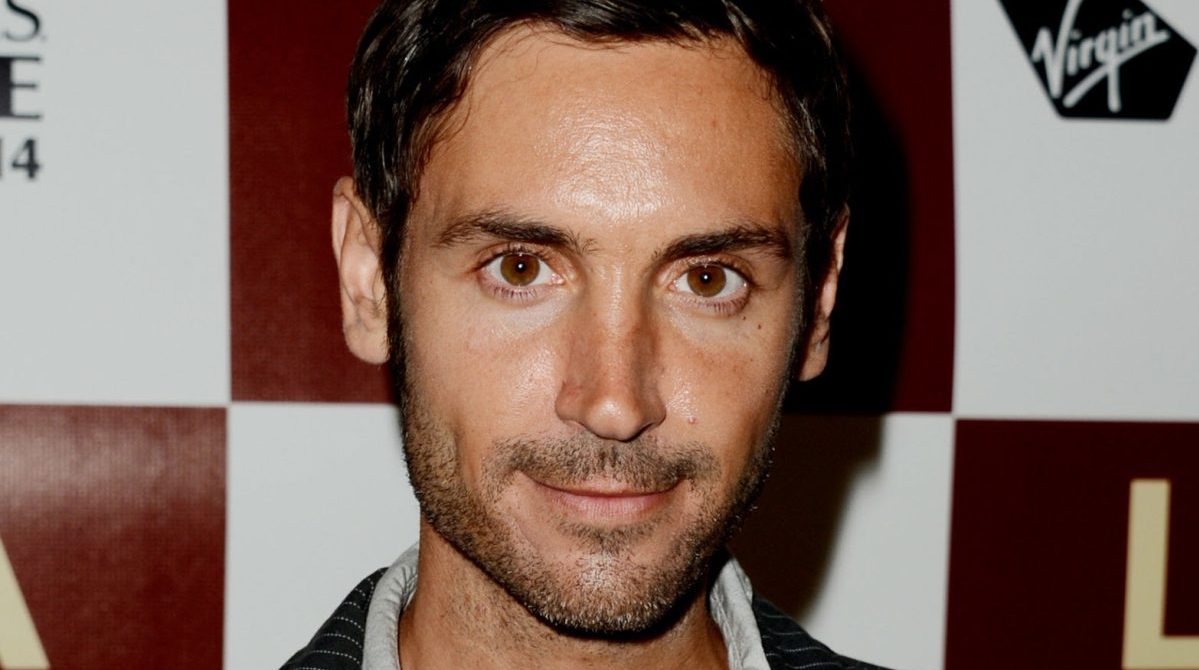
Malik is a famous Swedish filmmaker, former child actor and journalist. His 2012 documentary Searching for Sugar Man won an Academy Award and a BAFTA Award. On May 13, 2014, following a long battle with depression, Bendjelloul committed suicide in Stockholm by jumping in front of a train. The director was only 36.
David Foster Wallace
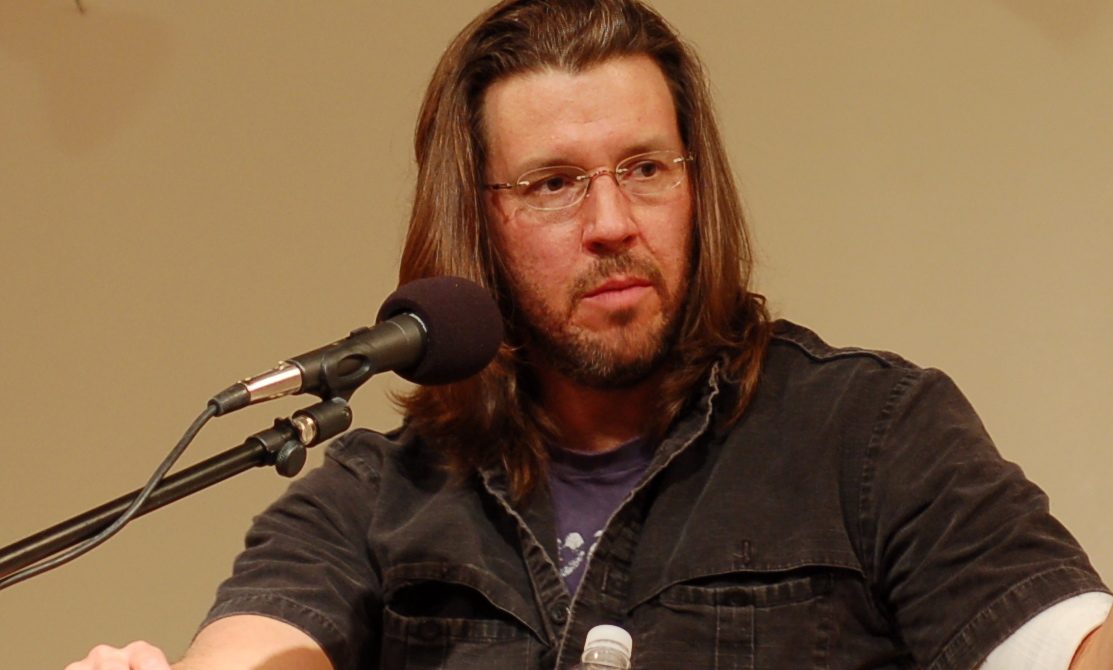
David Foster Wallace was an American novelist, essayist, short story writer and university professor of English and creative writing, best known for his 1996 novel Infinite Jest. Wallace suffered from major depressive disorder for many years, but he was able to produce some of his best work while on antidepressant medication. Tragically, Wallace hanged himself on September 12, 2008.
Anne Sexton
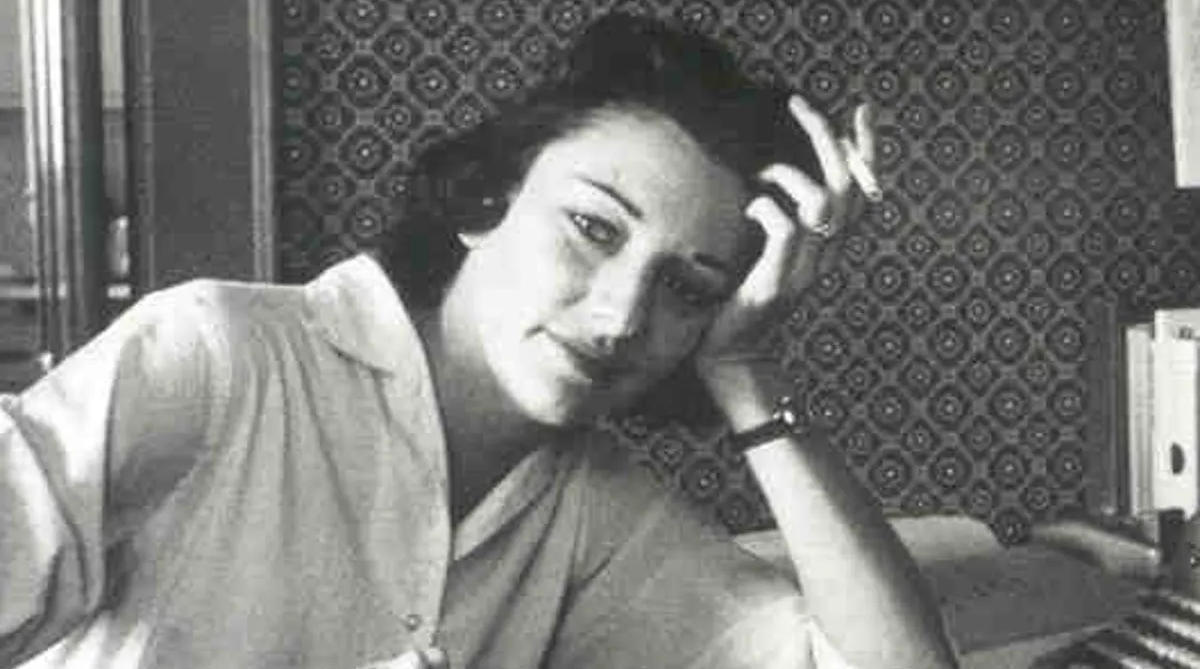
Anne Sexton was an American poet known for her highly personal work. Her work often addressed themes of mental illness, sexuality and relationships, and she won the Pulitzer Prize for poetry in 1967 with her book Live or Die. Sexton suffered from severe bipolar disorder for most of her life; her first manic episode occurred in 1954. In October 1974, she committed suicide by carbon monoxide poisoning.
Ernest Hemingway
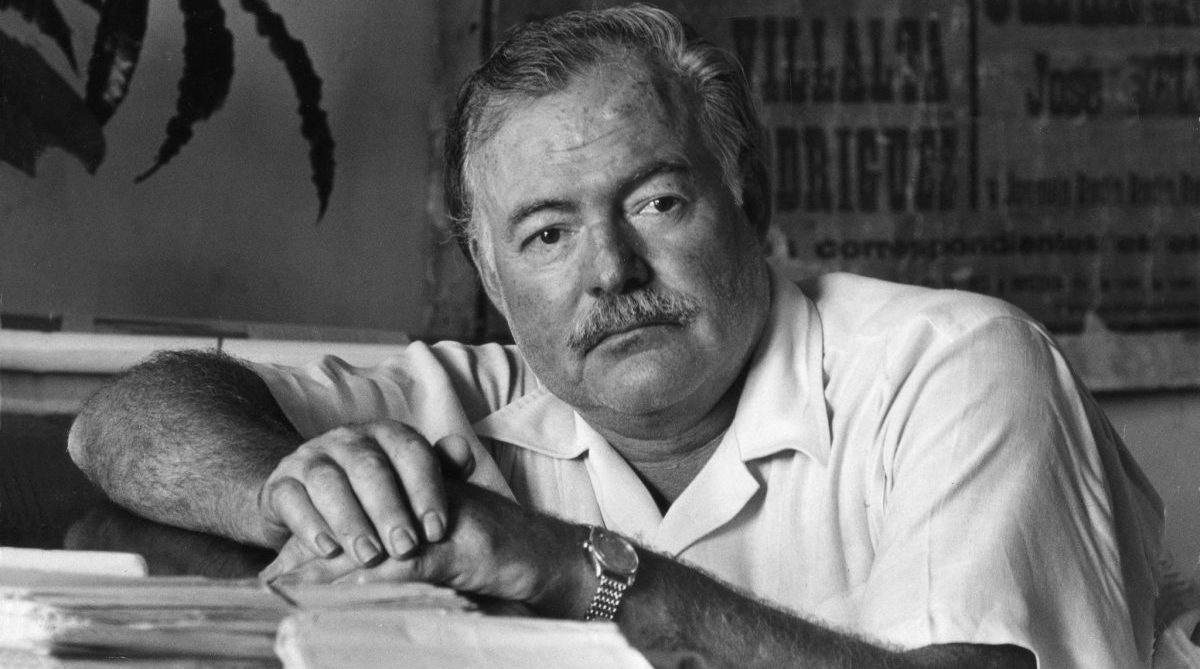
Ernest Hemingway was an American novelist who won the Nobel Prize for Literature in 1954. At the end of his life, Hemingway suffered from severe depression and delusions after surviving two plane crashes, which he dealt with by drinking heavily. His mental illness led to emotional problems that interfered with his writing. Hemingway killed himself in 1961 at the age of 61.
Charlie Chaplin
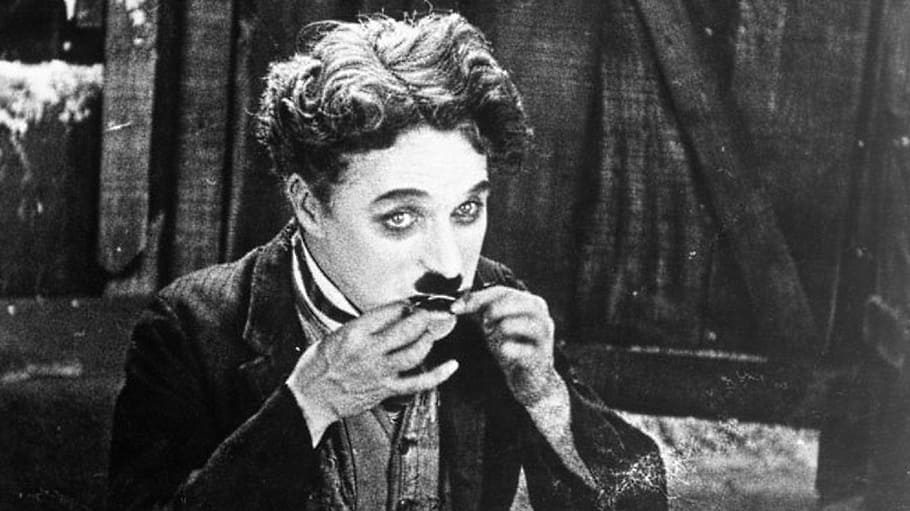
Charlie Chaplin is famous for changing the world of cinema. He was at the forefront of the silent film movement and introduced a new style of comedy to the masses. He also enjoyed throwing custard pies at naked women. While auditioning actresses for roles in his movies, Chaplin would make female auditionees strip naked, while he mimed crude gestures. The big payoff to Chaplin’s joke would be throwing a custard pie at the poor lady.
John Lennon
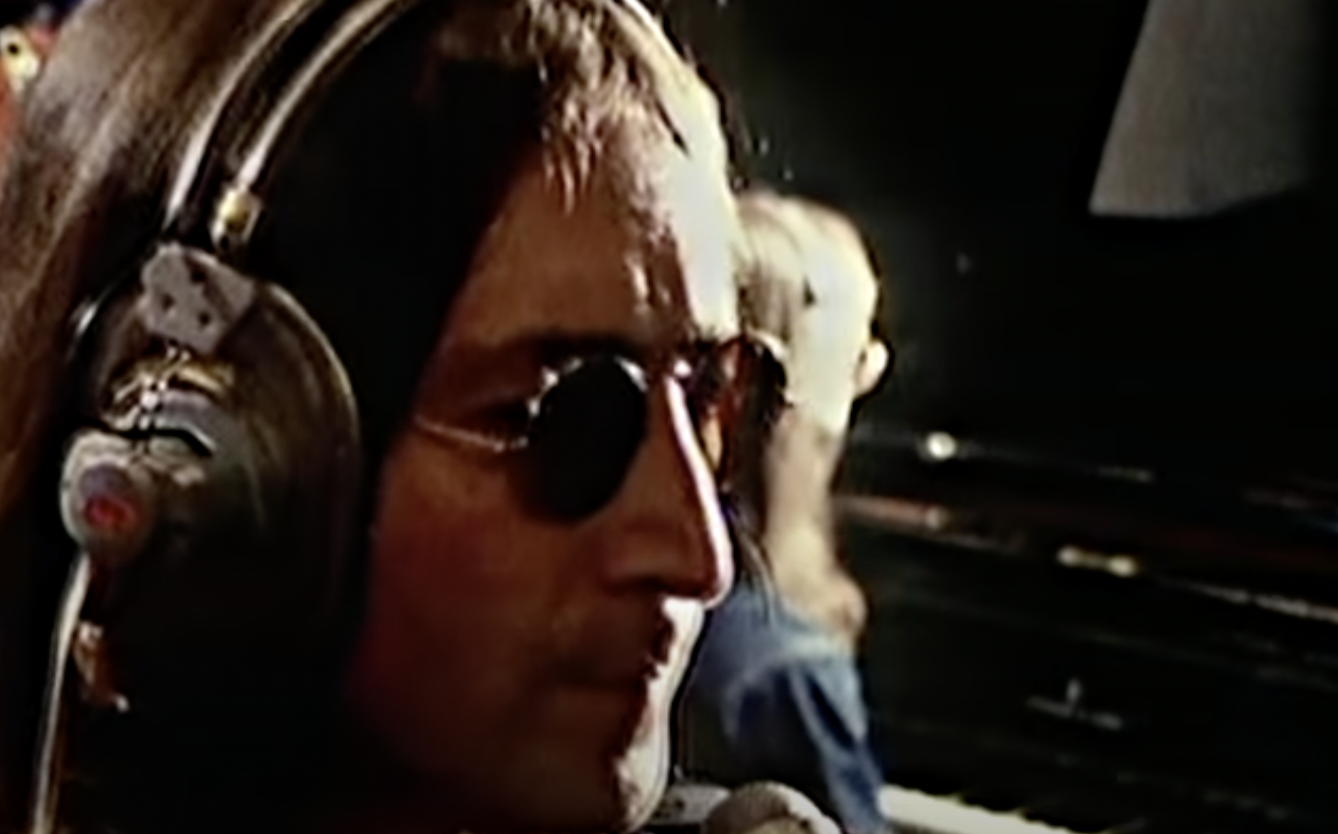
John Lennon’s love for Yoko Ono has been well-documented and publicized, as has her influence on Lennon’s interest in the world of avant-garde performance art. However, between the years 1973 and 1974, John and Yoko split, leading to the start of Lennon’s ‘Lost Weekend’ era. Lennon would often be seen drunk to near oblivion in LA and was once thrown out of a club for heckling the band on stage while wearing a sanitary towel on his head.
Benjamin Franklin
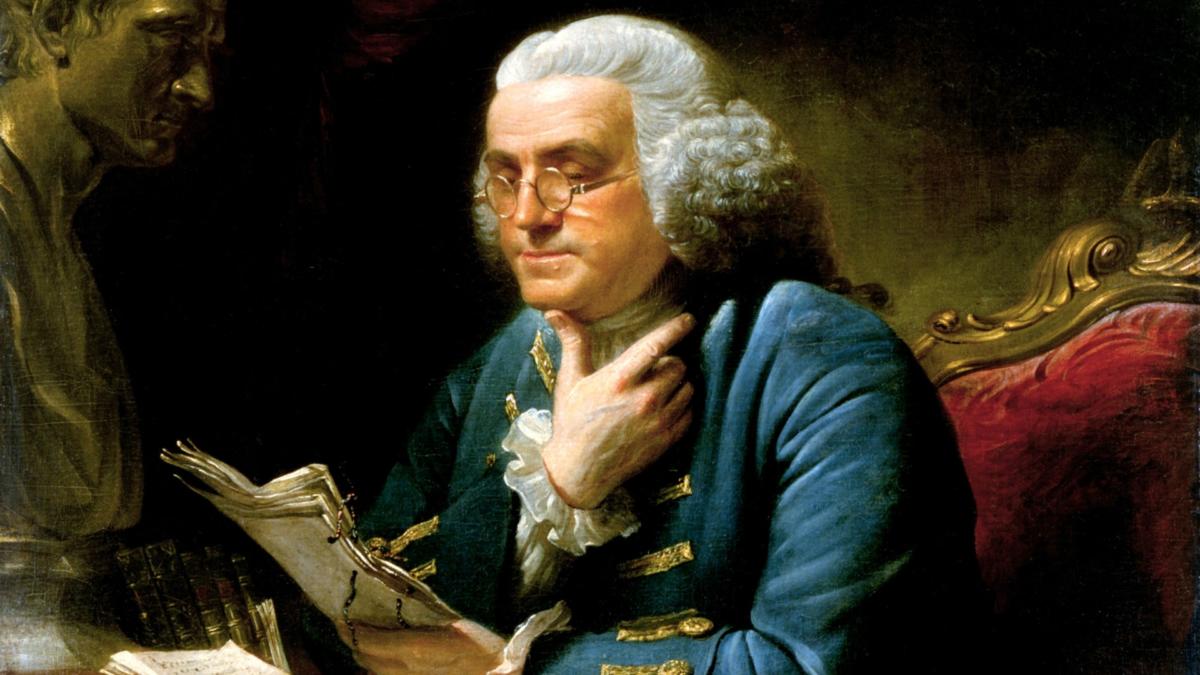
Benjamin Franklin is one of the most famous historical figures in the United States, having been a successful author and one of the founding fathers of the USA. He also developed a tendency for enjoying quick romantic flings with old women. Really old women. He claimed to seek the wisdom that these women offered, as well as stating his gratitude that there was no risk of producing children from the relationships.
Michelangelo
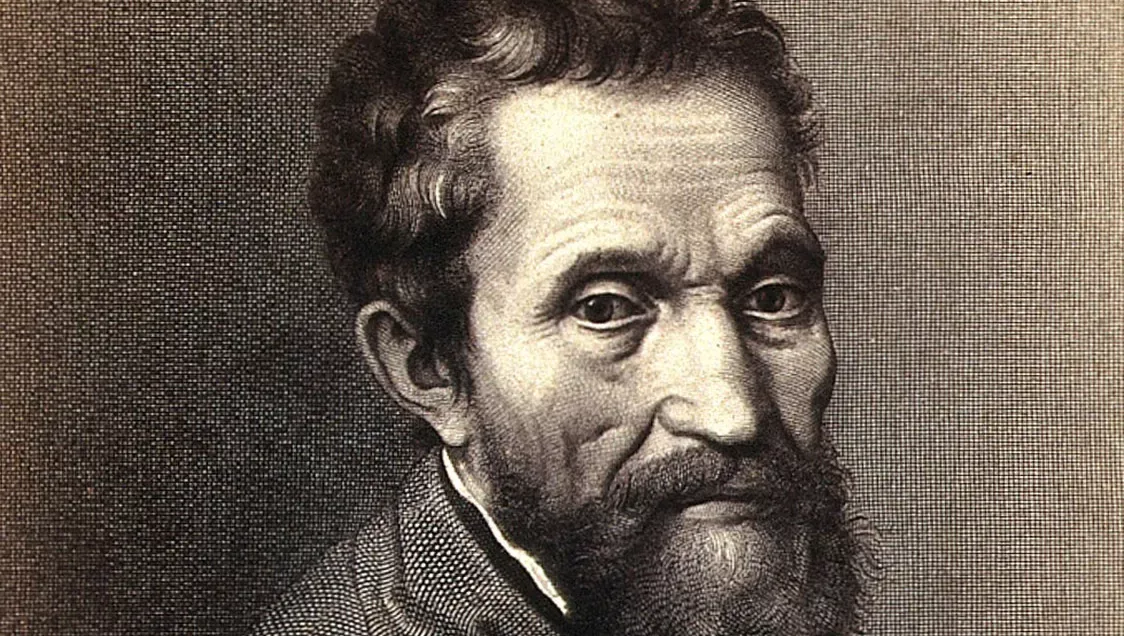
Michelangelo (the great 15th-century artist, not the Teenage Mutant Ninja Turtle) produced some of the finest and most famous sculptures and art pieces in history. He was prolific and efficient in his work, so efficient that he would rarely change his clothes, often going to bed with his boots still on his feet. He was documented to have said that he would keep his boots on for so long, his skin would come off when he removed them.
James Watson
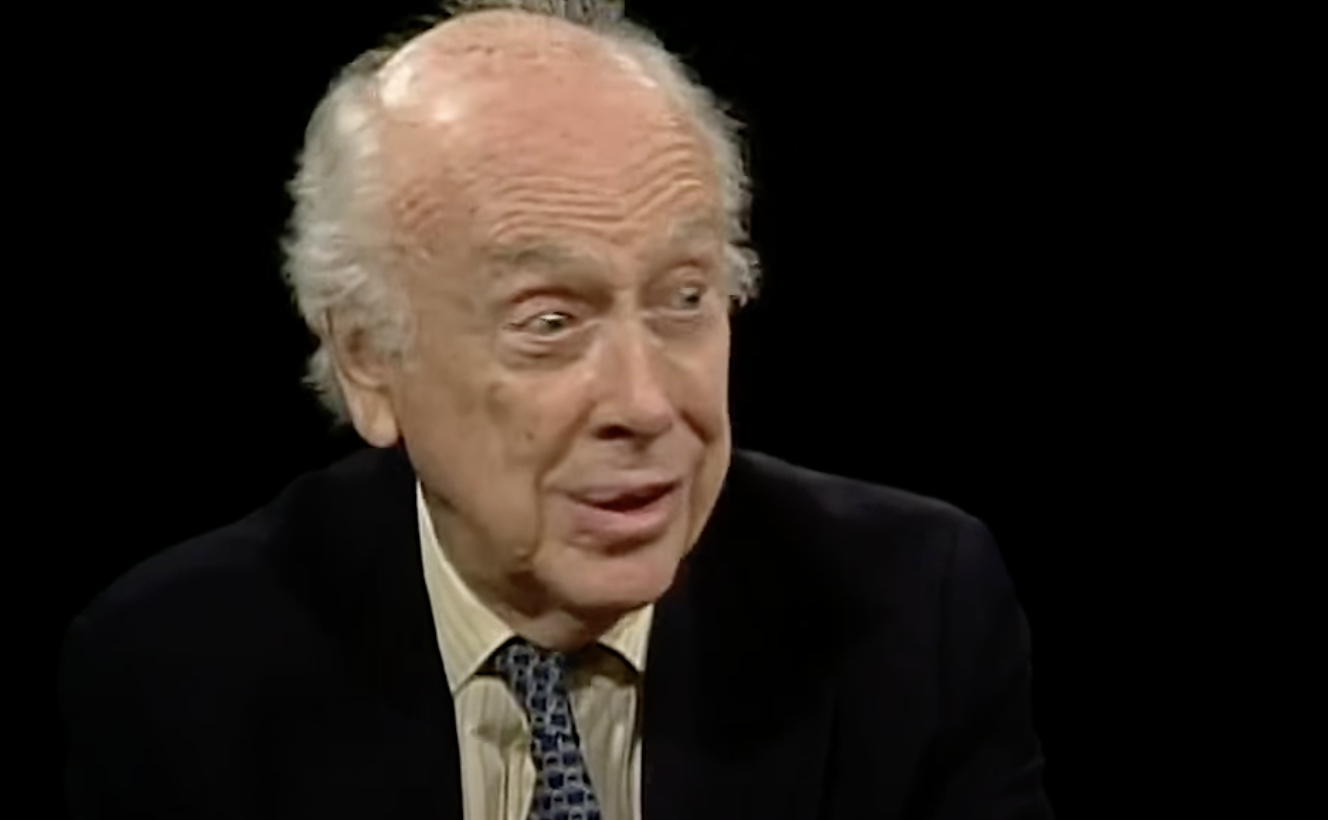
James Watson was one of the people who discovered DNA, a scientific breakthrough that helped change the way we think about our bodies, as well as greatly changing the way that forensic research is undertaken. One problem though: he couldn’t keep his racism a secret. He has openly stated some awful ideas on intelligence between races, causing people’s opinions of him to spiral like the double helixes he helped to discover.
Tycho Brahe
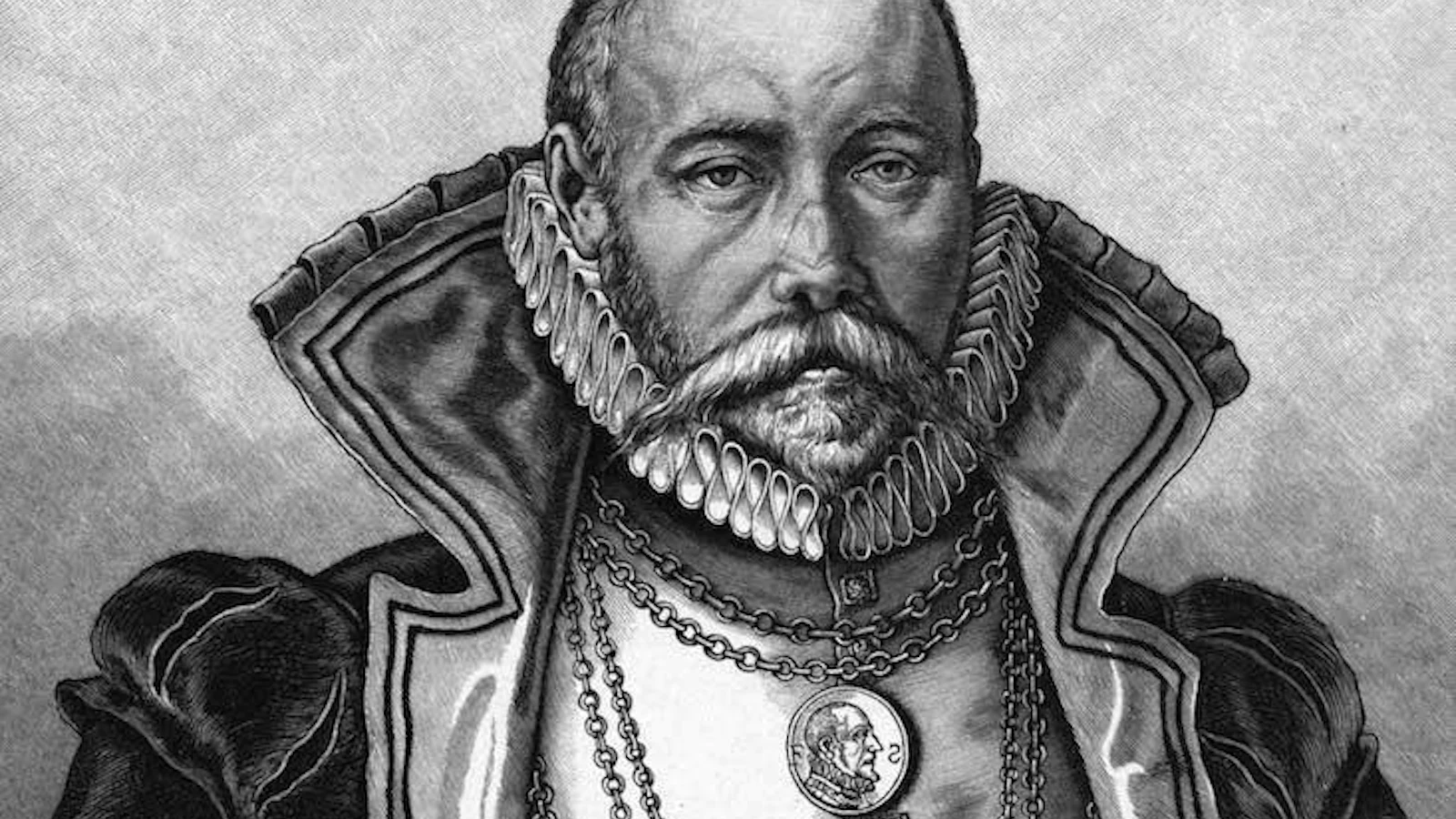
Tycho Brahe was a Danish astronomer who helped change the way that humans see outer space. The accuracy of his data helped to facilitate major astronomical breakthroughs in the generations after him. He also kept a little person around the house and order them to sit underneath the dinner table while he and his guests ate. Nobody ever found out why he did such a thing.
Empedocles
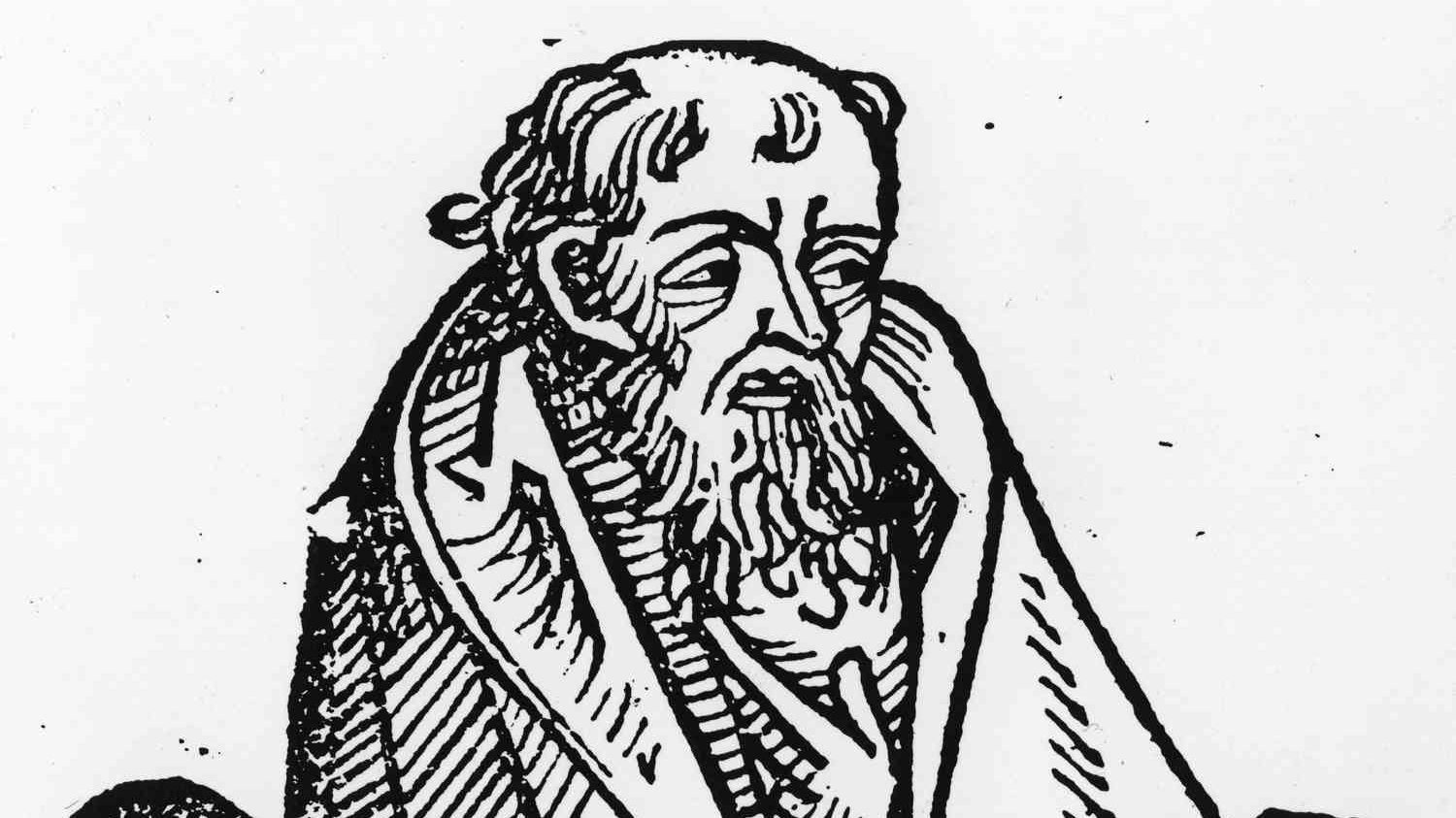
Empedocles was a truly smart philosopher in Ancient Greece, but he, unfortunately, believed his own hype. He was a pioneer, way before his time, discovering the earth was spherical, light travels at speed, air is made up of matter, as well as coming up with a very primitive theory of evolution. Alas, his genius got to his head, and he started to believe that he was a god. To prove it, he climbed to the top of Mount Etna, flung himself in, and was never seen again.
Diego Maradona

Diego Maradona was one of the most naturally gifted soccer players to ever exist. His short, stocky stature made him nimble yet strong, his first touch was exquisite, and he dribbled with the ball as though it was glued to his feet. His genius made him a hero everywhere he went, which opened up a lot of doors. Maradona fell into drug addiction after his retirement, became estranged from his son, and was even involved in organized crime.
King Henry VIII
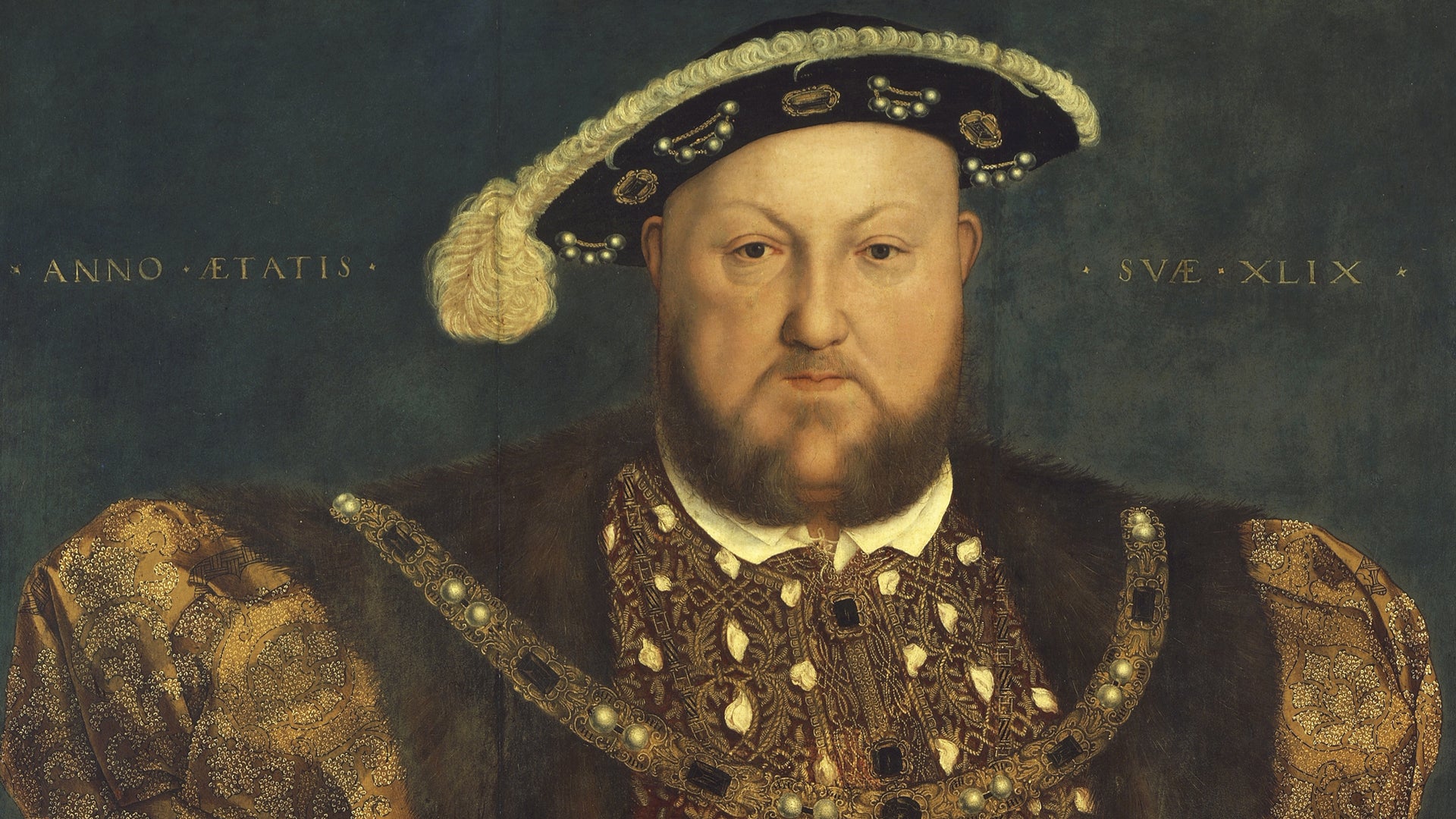
Probably the most famous of the kings and queens of bygone times, King Henry VIII was a hyperactive man who invented a religion in order to divorce one of his six wives. He also had two wives killed, which would potentially have ended up becoming three – had he not died before his sixth wife had the opportunity to wrong him in any minor way.
Ilya Ivanovich Ivanov
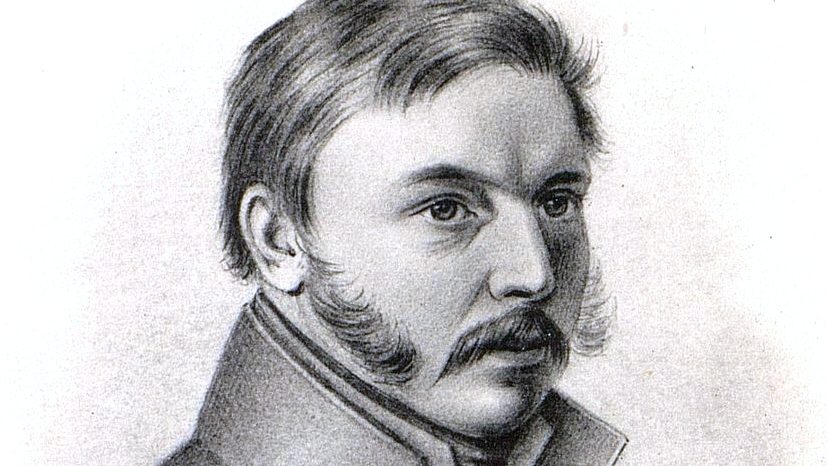
Ilya Ivanovic Ivanov was a videogame-level evil genius waiting to happen. He was a Russian biologist who specialized in creating animal hybrids. Ivanov reached full villain status when he began a project under the order of Josef Stalin, to create a half-human, half-ape slave species to serve Communist Russia. He inseminated three female monkeys with human sperm, but, thank goodness, his plan failed.
Phil Spector
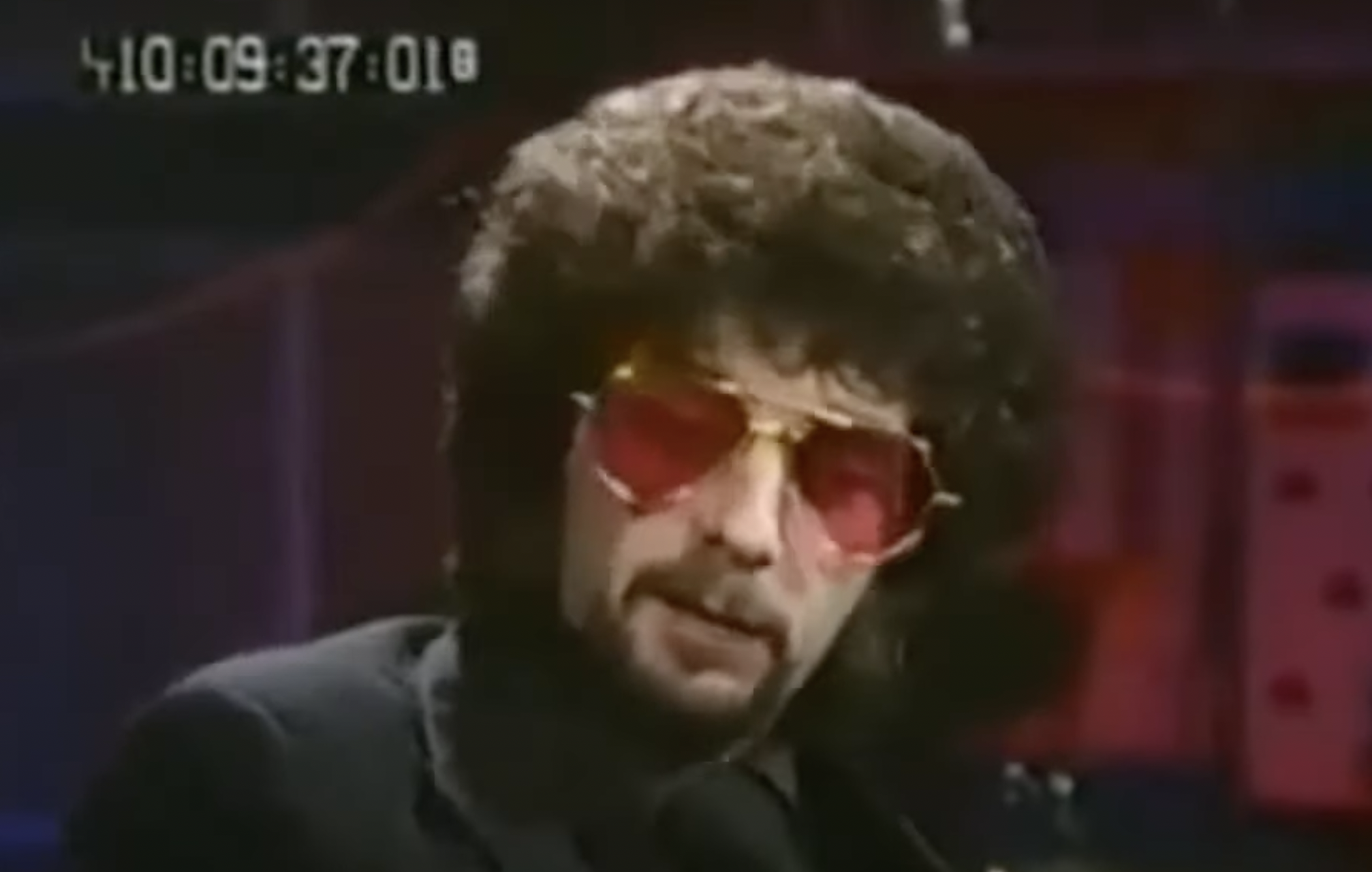
Known for his pioneering Wall of Sound recording technique, Phil Spector was one of the finest music producers and songwriters of the 1960s. He worked with artists such as the Ronettes and The Crystals. Spector was known to always carry around a loaded gun with him, often shooting holes into studio ceilings. In 2003, Spector shot and killed actress Lana Clarkson and was sentenced to 19 years to life in prison.
Lord Byron
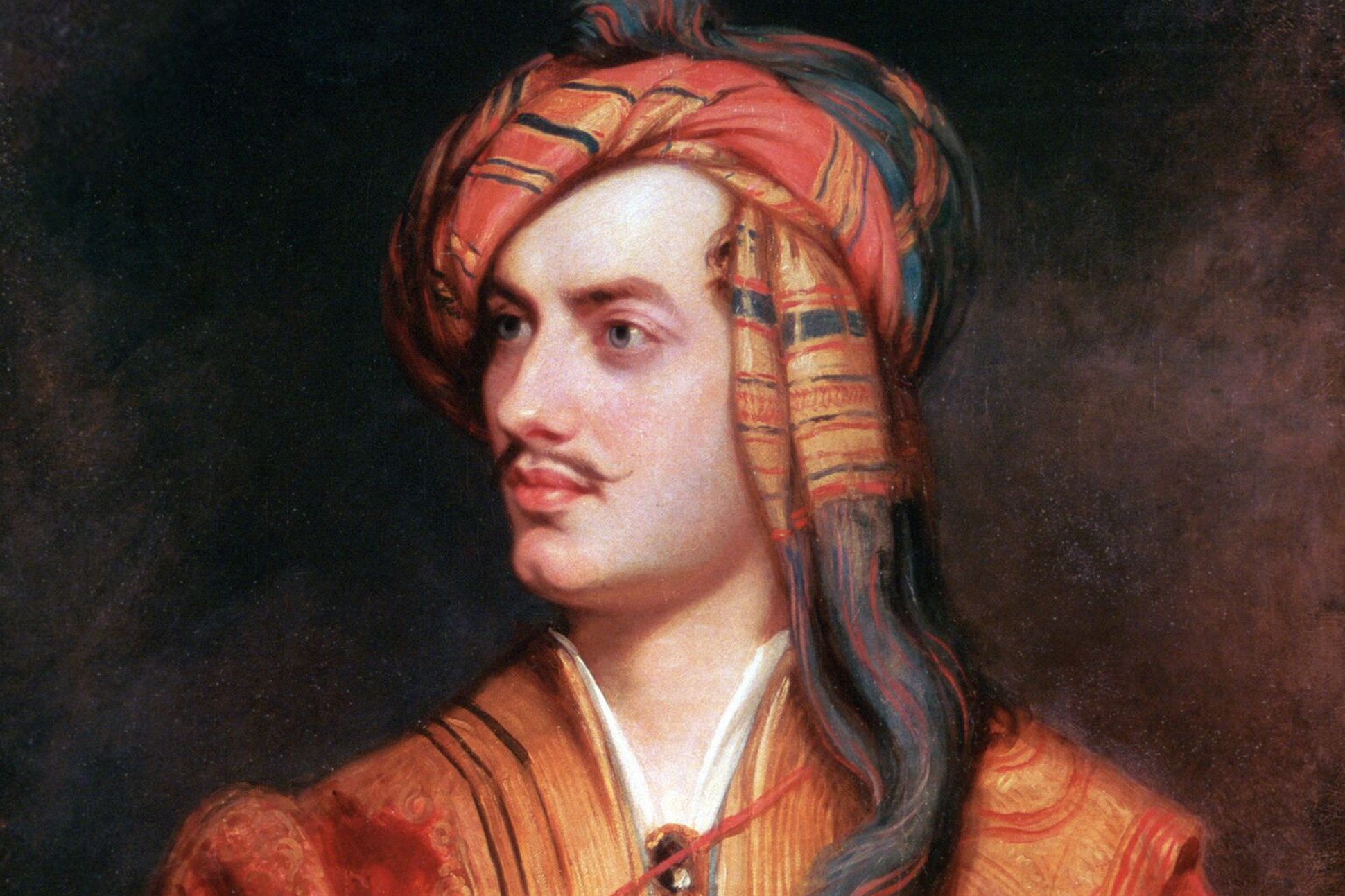
Lord Byron was a British poet who was at the forefront of the old romantic movement, probably making him the boyband equivalent of the 19th century. Always hungry like the wolf, Byron became known as a bit of a wild boy, having countless romantic affairs. To cut a long story short, Byron used to collect body hair from his lovers and save it in a cabinet by his bed.
Winston Churchill
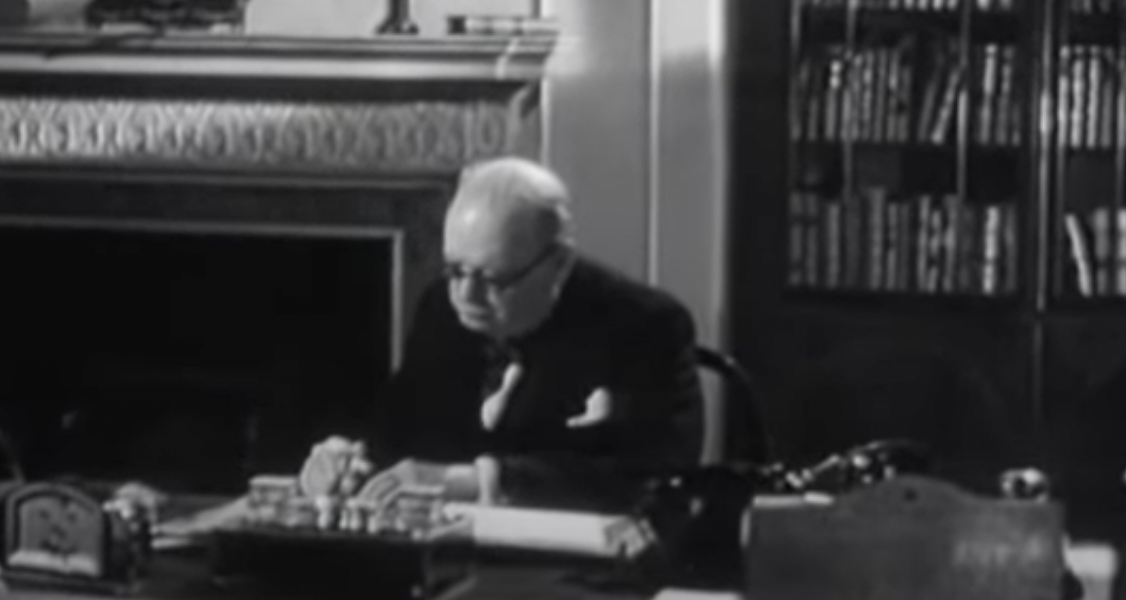
Winston Churchill was a character, to say the least. While leading his country through the Second World War, Churchill was known for parading around his office with no clothes on. His free-spirited approach to nudity meant that his staff would have to get used to him being fully naked with a cigar in his mouth. And did he even meet with US President Franklin D. Roosevelt while in the nude? Oh yes.
Robert Chesebrough
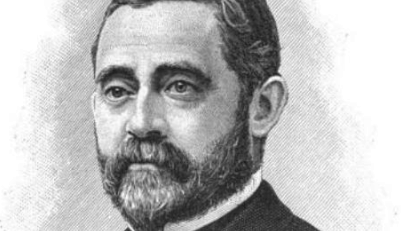
Robert Chesebrough may not necessarily be a household name, but he sure did invent a common household product. Chesebrough discovered petroleum jelly, which he later went on to market as Vaseline, releasing it to the public in 1872. Ever confident in the healing powers of his product, Chesebrough ate a spoonful of Vaseline a day, which may or may not have helped him live to the age of 96.
Salvador Dali
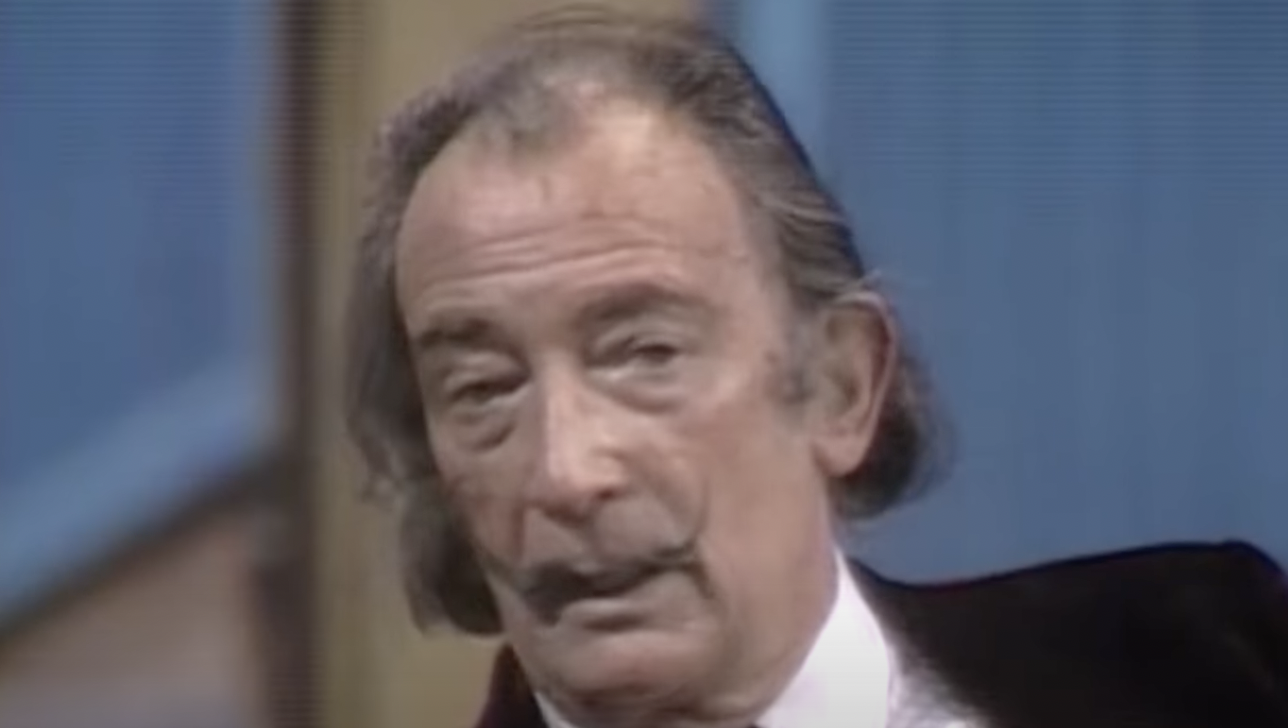
Salvador Dali possessed a wonderful mind, creating thought-provoking surrealist artwork that still garners intrigue to this day. During his life, Dali was a complicated character, with a strong belief that his body had been taken over by the devil. He even hired a man to perform an exorcism on him, paying him with a crucifix sculpture he had made himself.
Morarji Desai
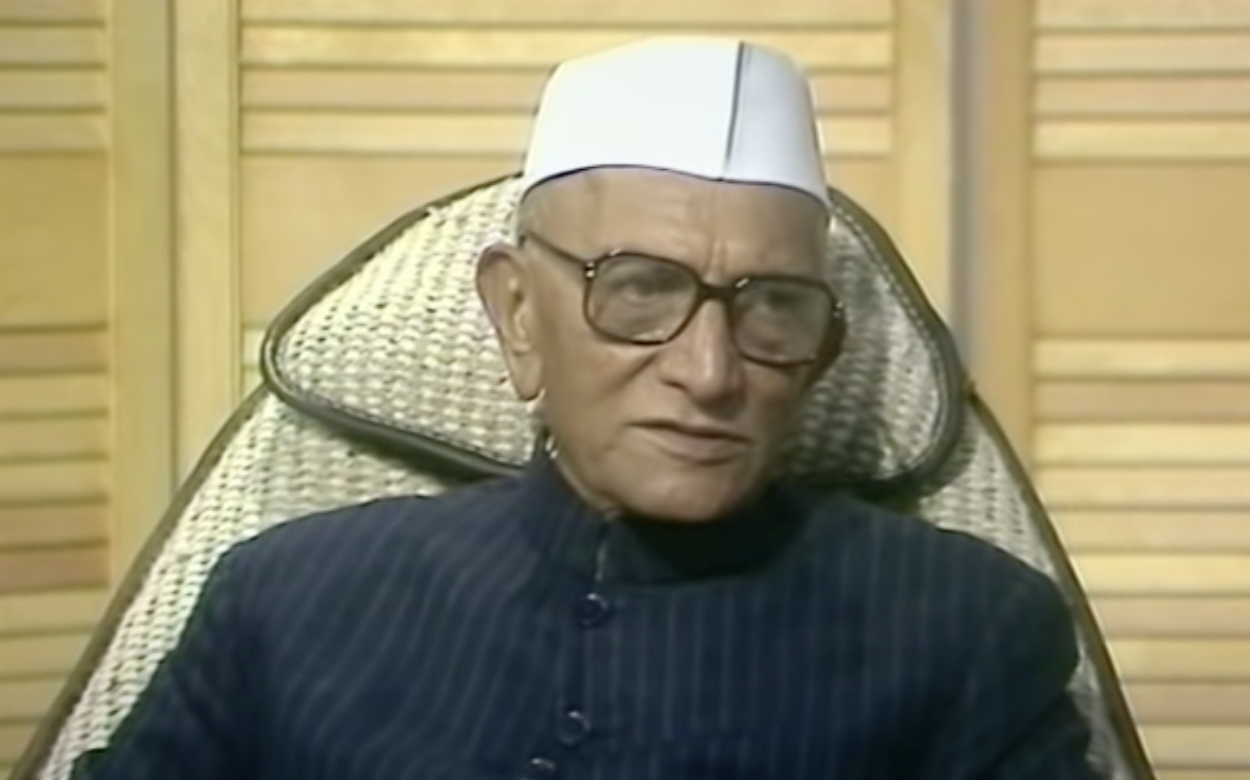
Being a genius can help propel you to the top, putting you in charge of your people and allowing you to lead your country forward. It can also accentuate your eccentricities. This was the case with Morarji Desai, the former Prime Minister of India. Despite his impressive political resumé, Desai liked to drink his own urine, and not in a Bear Grylls survival sort of way. He chose to do it daily from the comfort of his own home.
Alexander Bogdanov
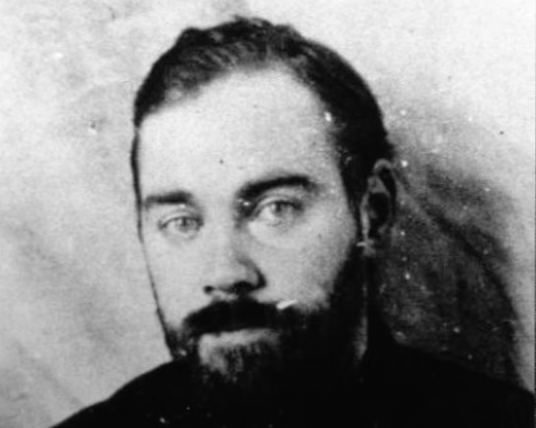
Alexander Bogdanov was a Russian doctor whose life ambition was to find the secret to eternal youth. He was not a doctor who would have settled for moisturizers and anti-aging serums, no, he decided to inject himself with the blood of a young student. What he didn’t know is that this particular student was suffering from malaria, which Bogdanov unsurprisingly contracted. He died from the disease, while the student survived.
Frida Kahlo

Frida Kahlo was, and still is an icon, known for her surrealist art, which often depicts her own internal pain. She was known to suffer from depression and did have two severe depressive episodes which resulted in suicide attempts. Kahlo suffered two birth terminations and a miscarriage which severely affected her mentally and physically. She was also the victim of an affair between her husband and her sister.
Lionel Aldridge
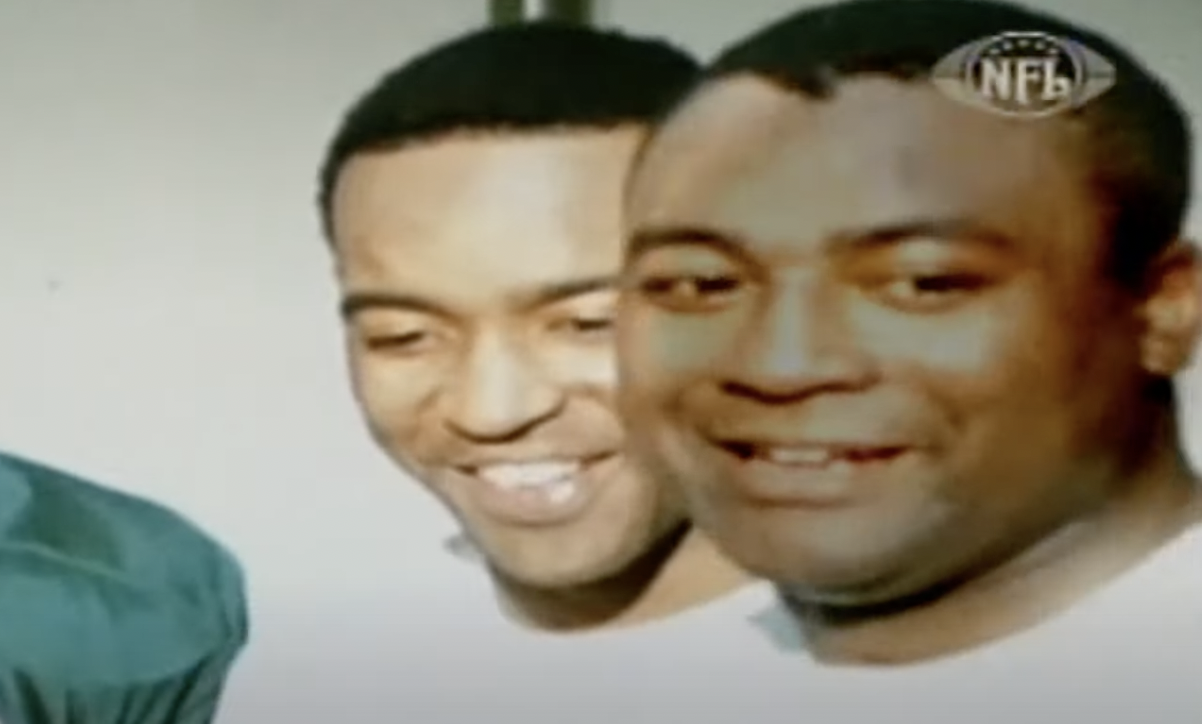
American footballer Lionel Aldridge was part of the legendary Vince Lombardi-led Green Bay Packers team during the 1960s, in which he played in two Super Bowls. Things unfortunately came crashing down for Aldridge in the 1970s as he began his battle with paranoid schizophrenia. He was homeless for two-and-a-half years until he once again found his feet, and began public speaking.
Eugene O’Neill
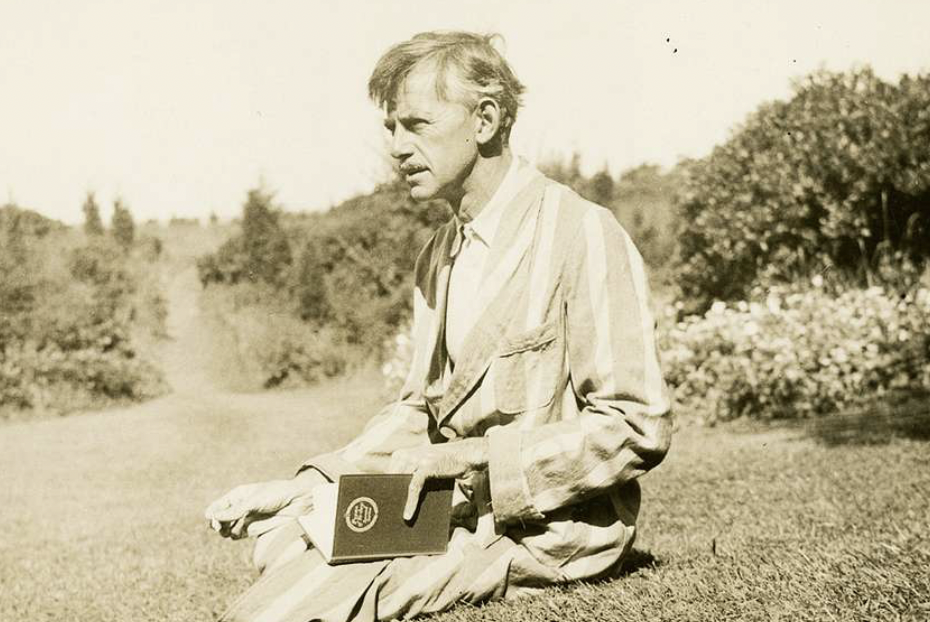
Eugene O’Neill was a playwright at the forefront of the realism movement from the 1920s to the 1940s. His name is often mentioned in the same breath as the greats such as Ibsen and Chekhov. O’Neill suffered greatly from depression throughout his adult life, as well as developing a neurological condition in his later life which stole his ability to write.
Elton John
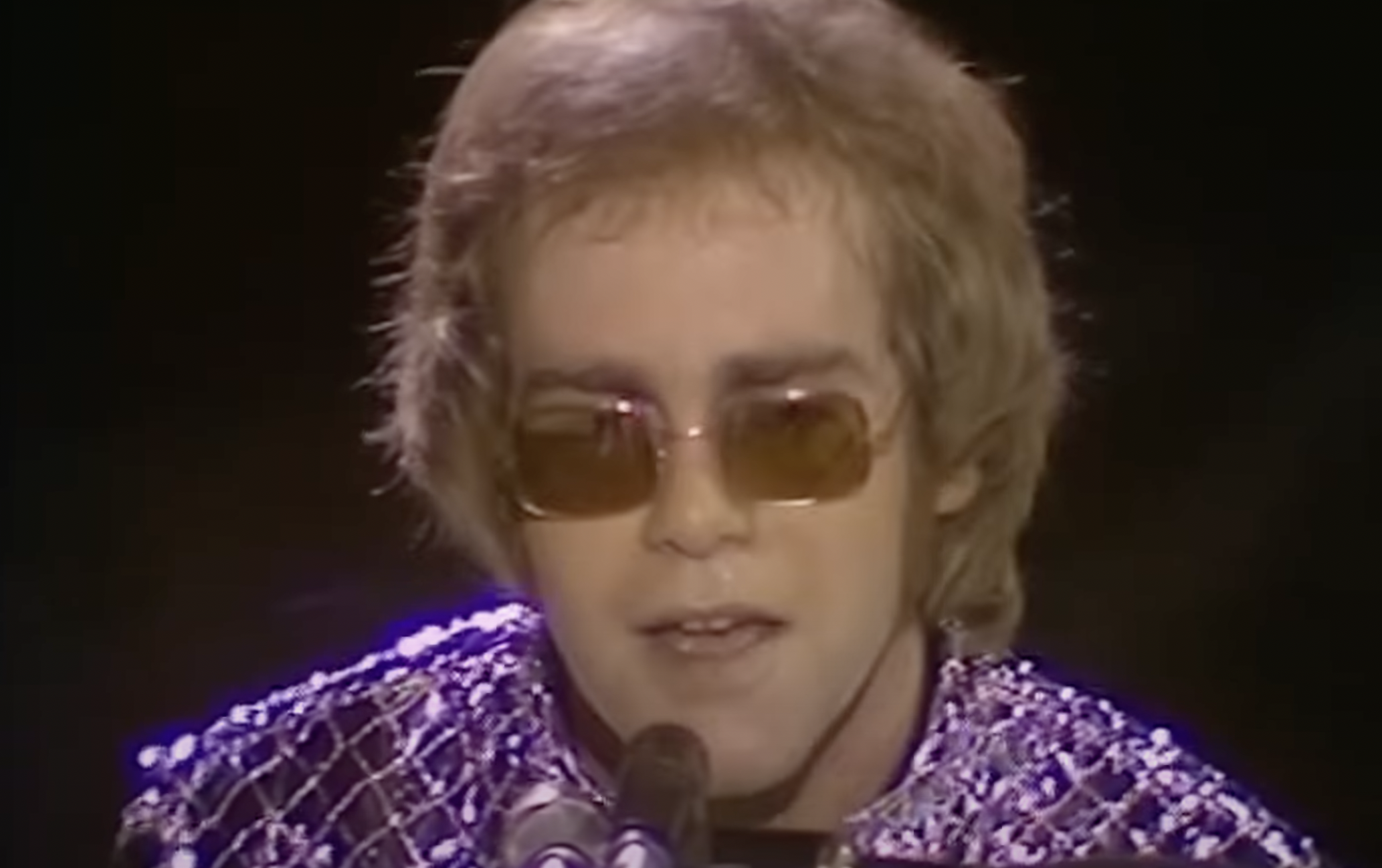
At one point, Elton John was the biggest pop star in the world. His on-stage outfits became more elaborate, but so did his lifestyle, and he began drinking heavily and using drugs. A failed suicide attempt prompted him to spend time in a rehabilitation clinic, where he began to repair his life and get back to writing music with long-time collaborator Bernie Taupin.
Gaetano Donizetti
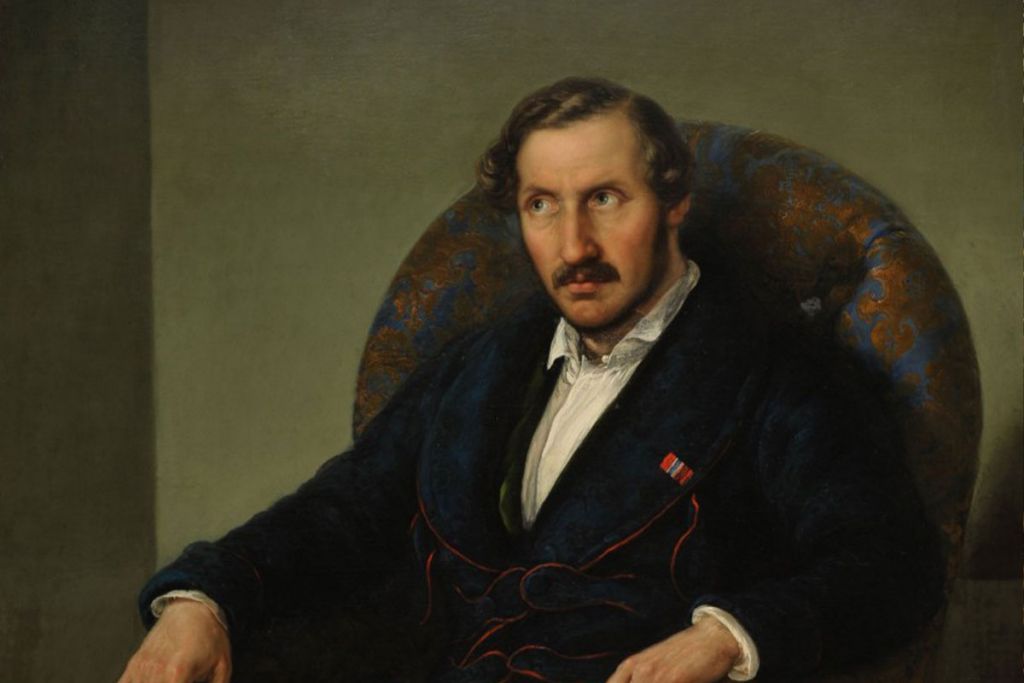
Gaetano Donizetti’s operas were much loved in Europe in the first half of the 19th century. However, by the 1840s, Donizetti began showing signs of mental decline. He was showing symptoms of Bipolar Disorder, which was believed to have been caused by the spread of syphilis to his brain. The symptoms worsened, and Donizetti died in a state of mental derangement.
Vaslov Nijinski
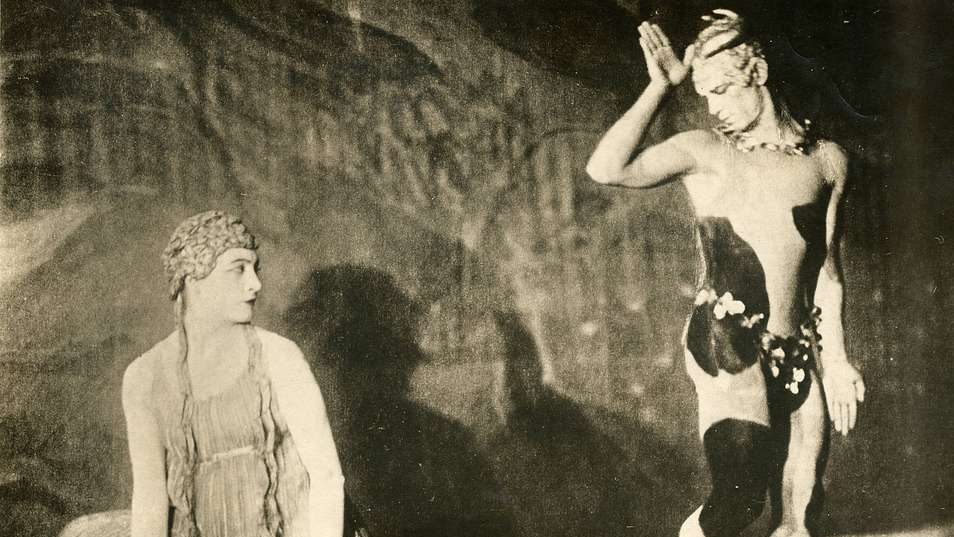
Ukrainian ballet dancer Vaslov Nijinsky was widely regarded as one of the greatest dancers in the world in the 1900s and 1910s. However, by 1919, at the age of 29, he had retired from the stage after suffering a series of nervous breakdowns. These breakdowns would later be diagnosed as schizophrenia.
John Keats
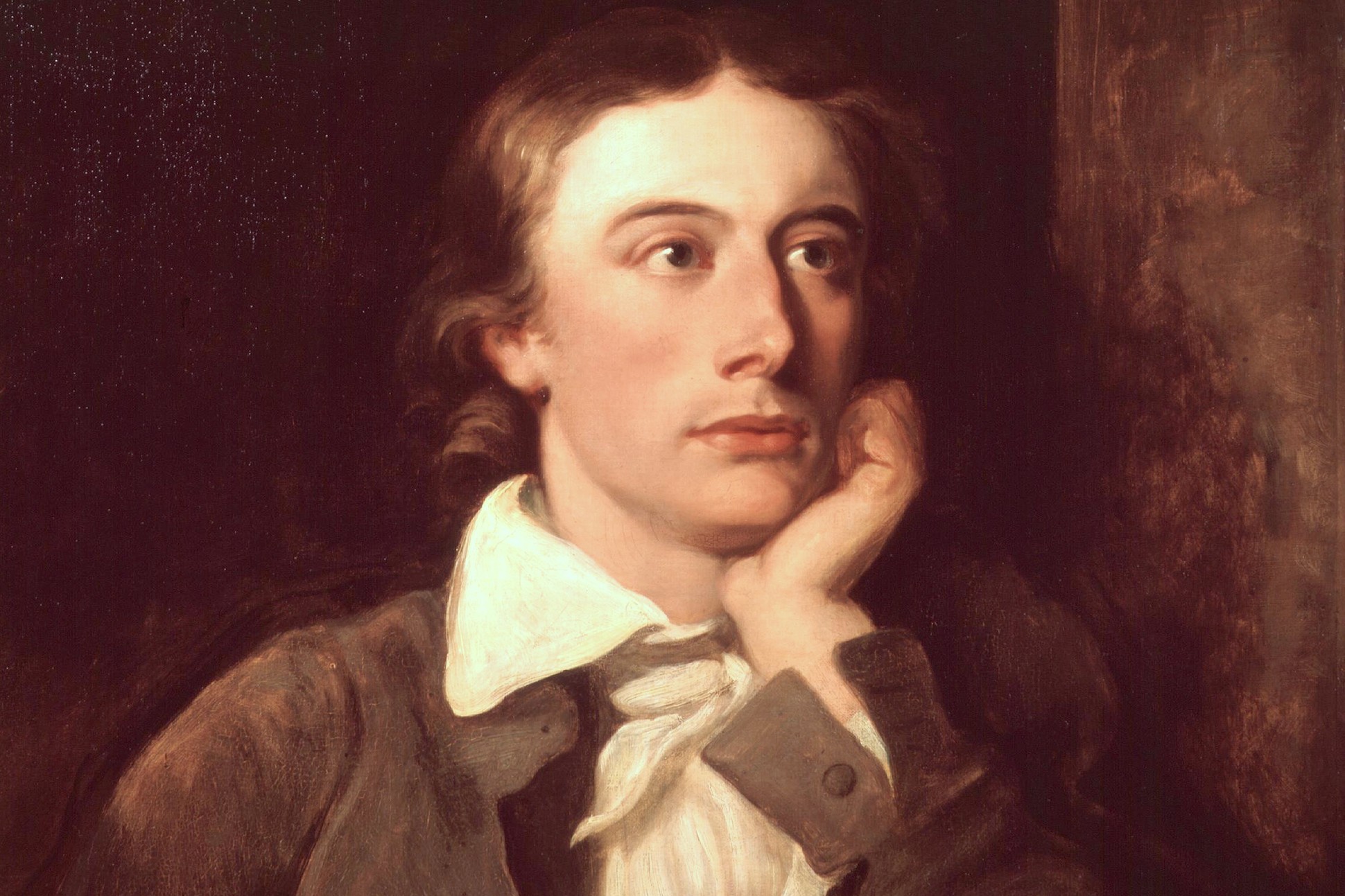
As well as being a poetic genius and one of the most famous names of his time, John Keats was prone to suffering bouts of depression. He documented it in much of his work in an attempt to understand and process what he was going through. His most notable work regarding his depression is his poem Ode to Melancholy.
Patty Duke
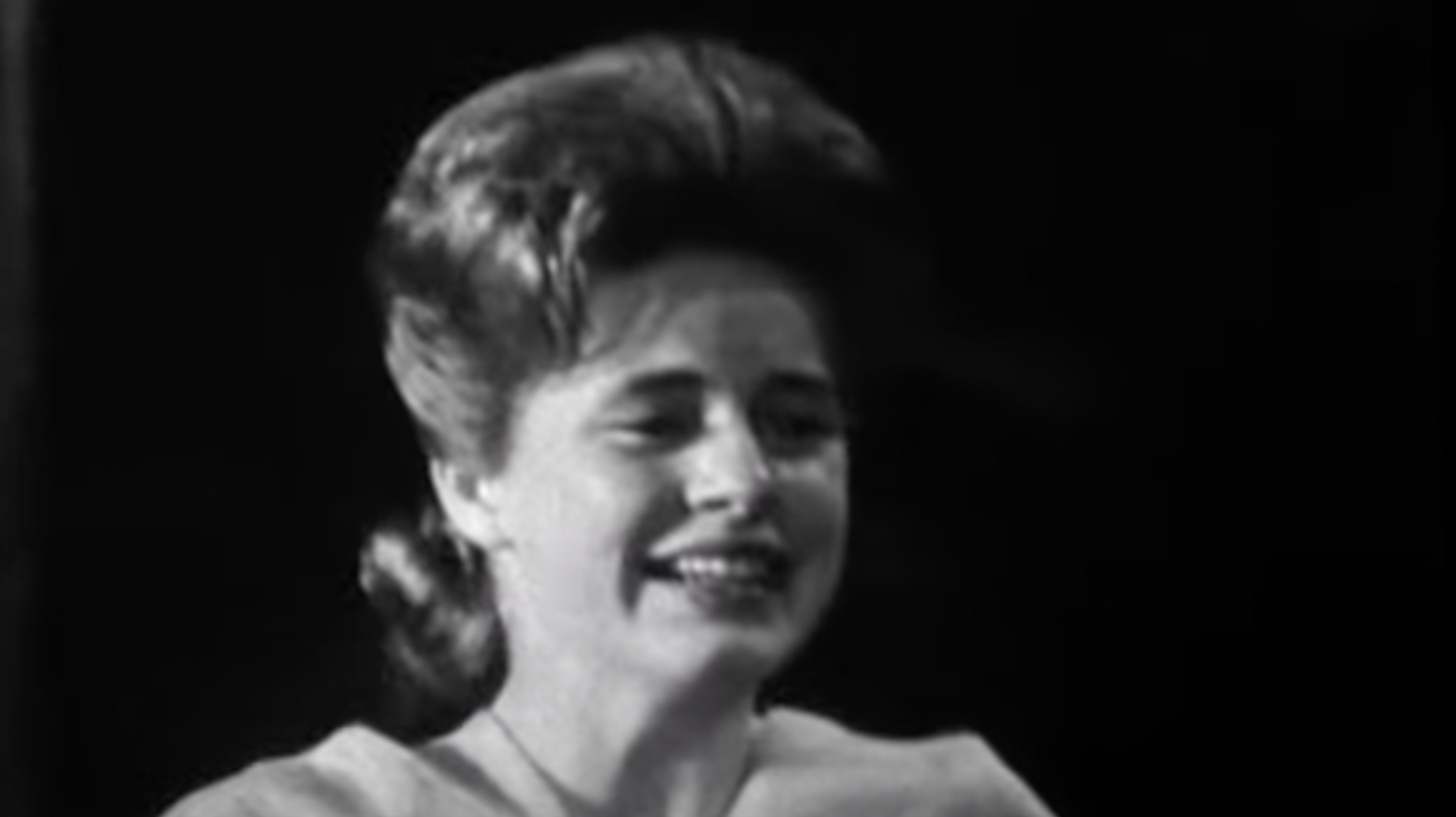
Child star and Academy Award-winning actress Patty Duke was not shy about detailing her struggles with Bipolar Disorder. Her story was documented in a TV movie named Call me Anna, as well as a book, A Brilliant Madness: Living With Manic Depressive Illness, which she co-authored with Gloria Hochman.
Tennessee Williams
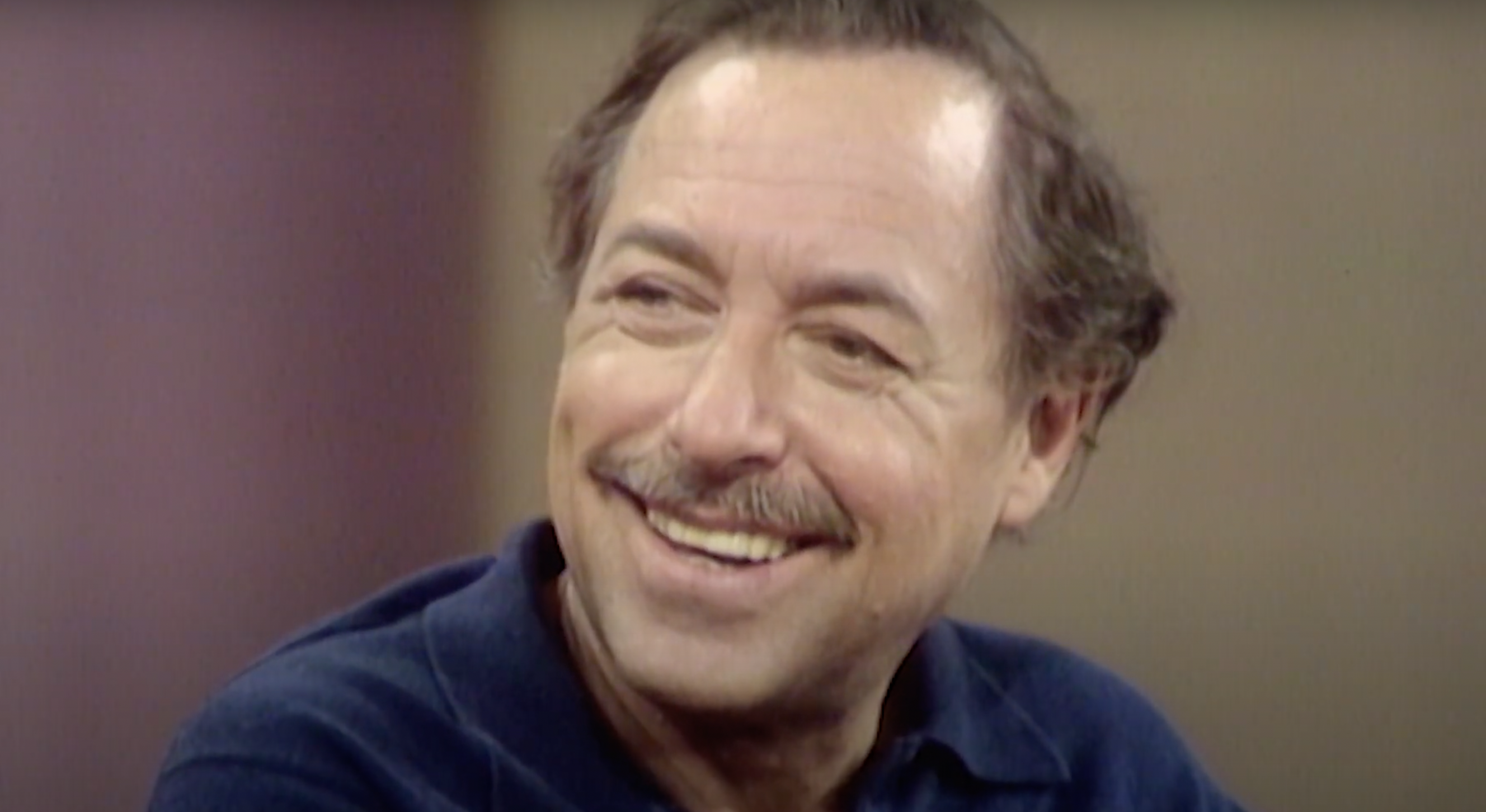
The playwright Tennessee Williams, known for A Streetcar Named Desire and Cat On a Hot Tin Roof, suffered from clinical depression for the majority of his life. Williams gave a personal account of his struggles in his autobiography named Memoirs which was published in 1975.
Henry Winstanley
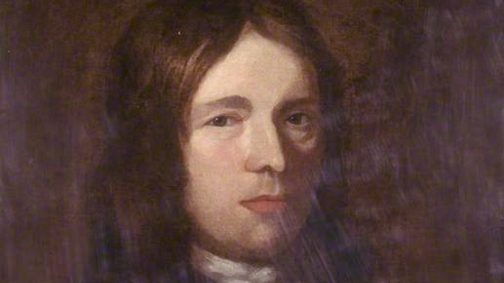
Henry Winstanley was an English engineer, famous for designing the first lighthouse of Eddystone. He became so enraged that people were doubting his creation’s stability and effectiveness that he decided he would prove them all wrong and stay there during storms. One night, a storm caused the lighthouse to collapse, killing Winstanley as he slept inside.
Oliver Heaviside
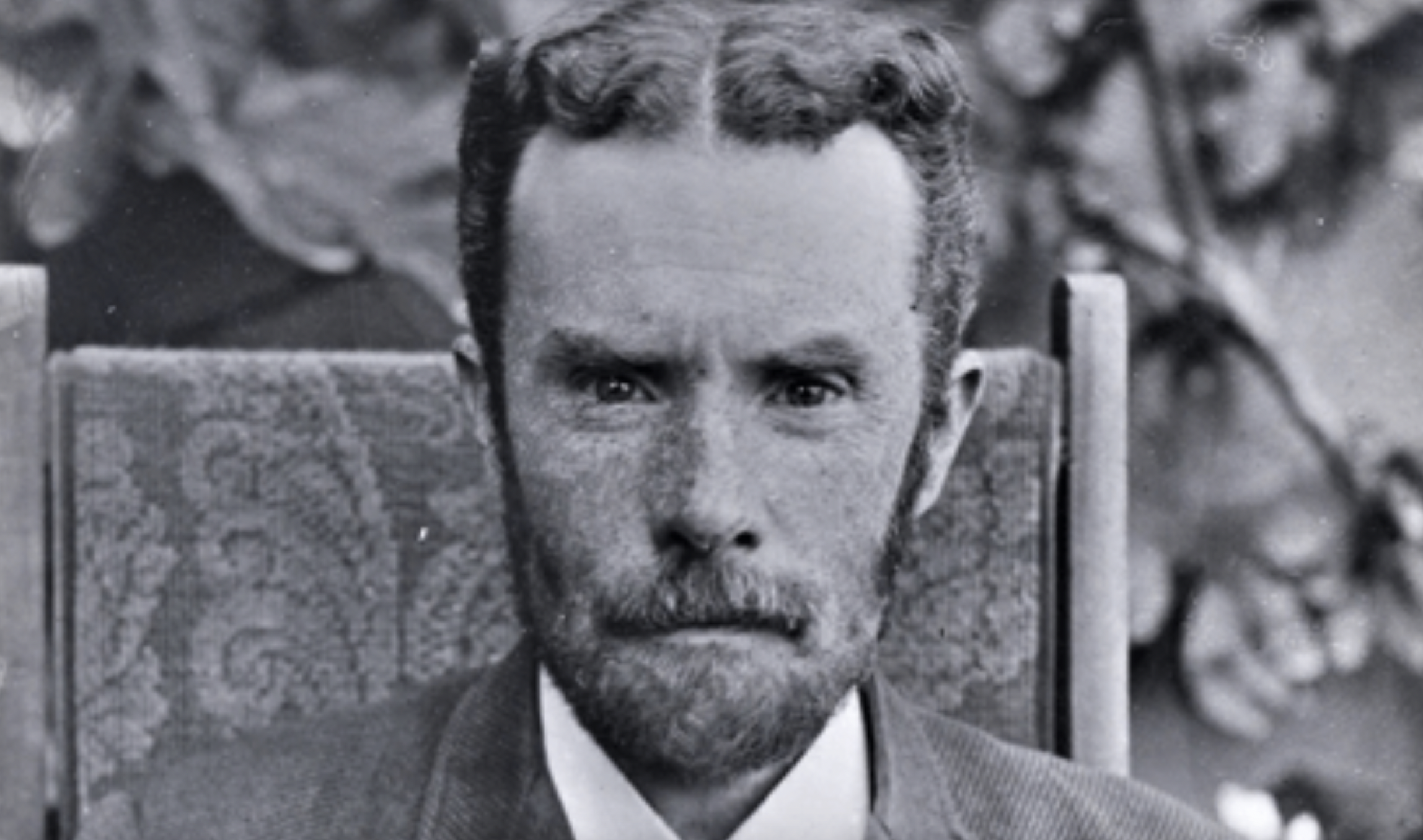
Oliver Heaviside was a talented British mathematician who was heavily dedicated to his craft. Eventually, his brain appeared to cave in on him, as he placed very large blocks of granite around the entirety of his house and for long periods of time, he ditched food and water for nothing but milk.
Henry Cavendish
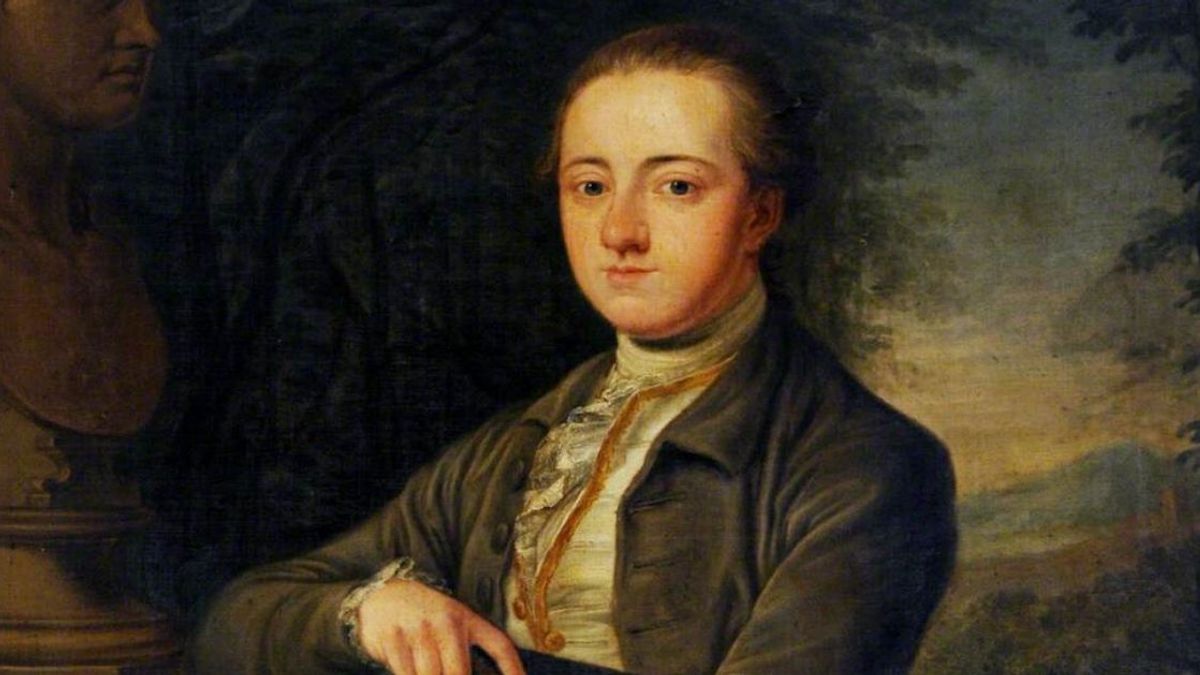
For some geniuses, the greatest curse of them all is shyness. Henry Cavendish is one of these unfortunate souls, as after he discovered hydrogen, his lack of willingness to speak to anyone about it meant that he kept it all to himself. People only found out about his knowledge 100 years after his death, when his papers on the subject were found. By this time, most of his discoveries had been found out by other scientists.
Morrissey

Having first gained fame as the singer and lyricist for The Smiths, Morrissey was once seen as an icon for the disenfranchised youth, a spokesperson for the misunderstood. Unfortunately, as he aged, Morrissey began aligning himself with far-right groups, dampening his legacy among many fans of his early work.